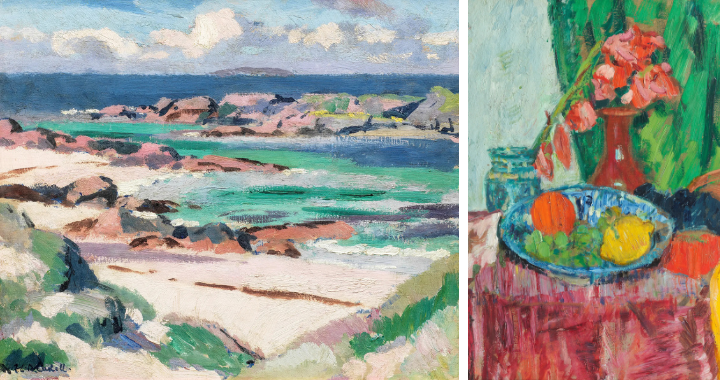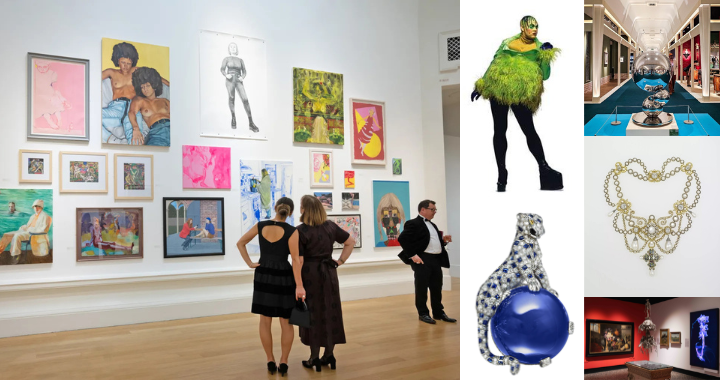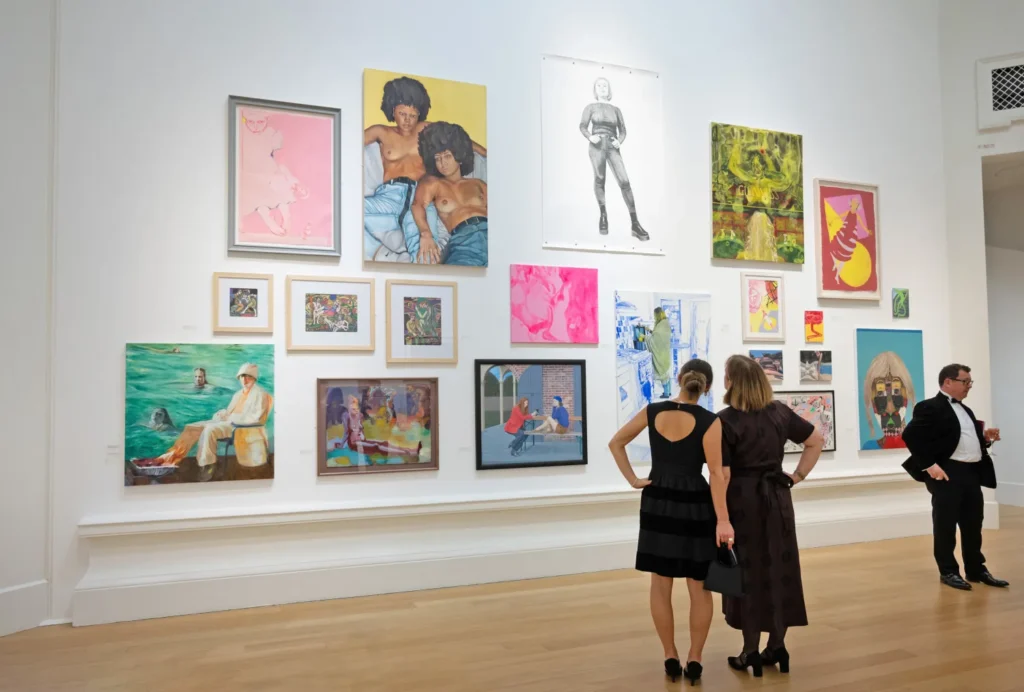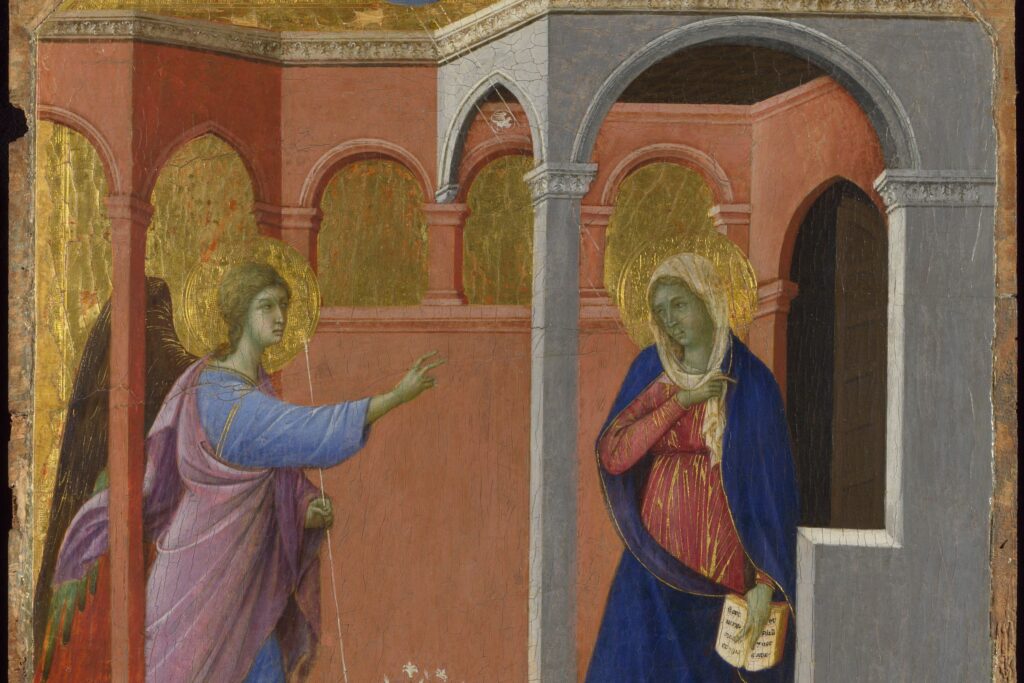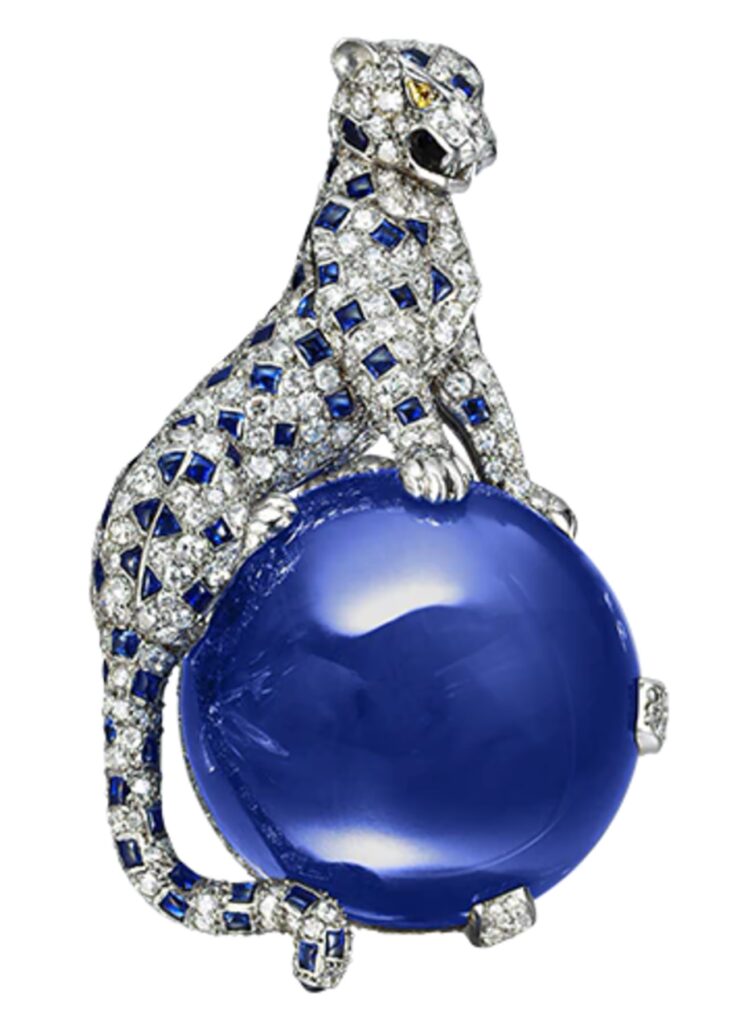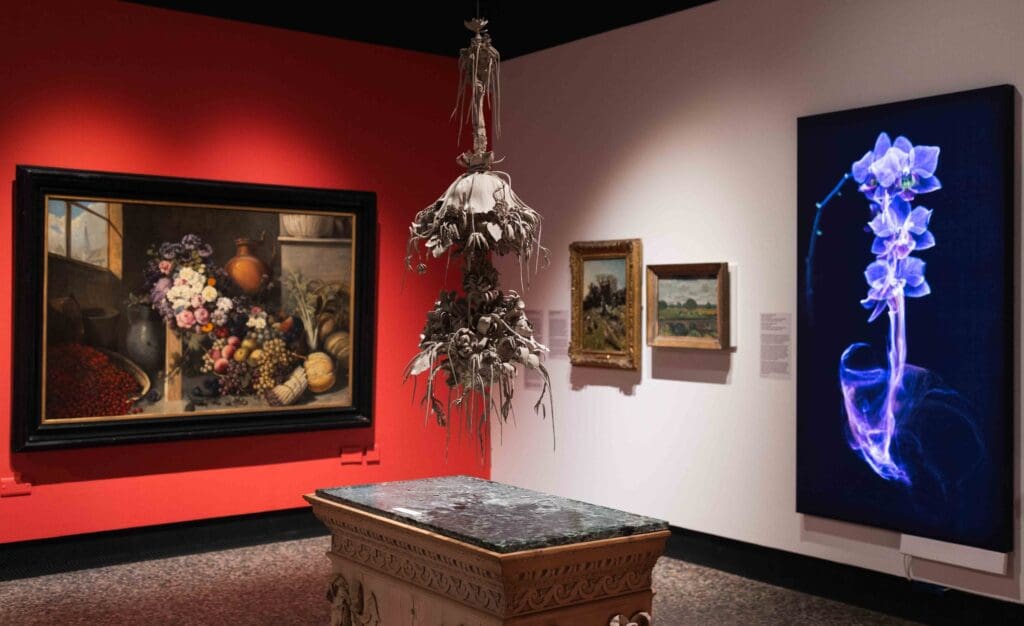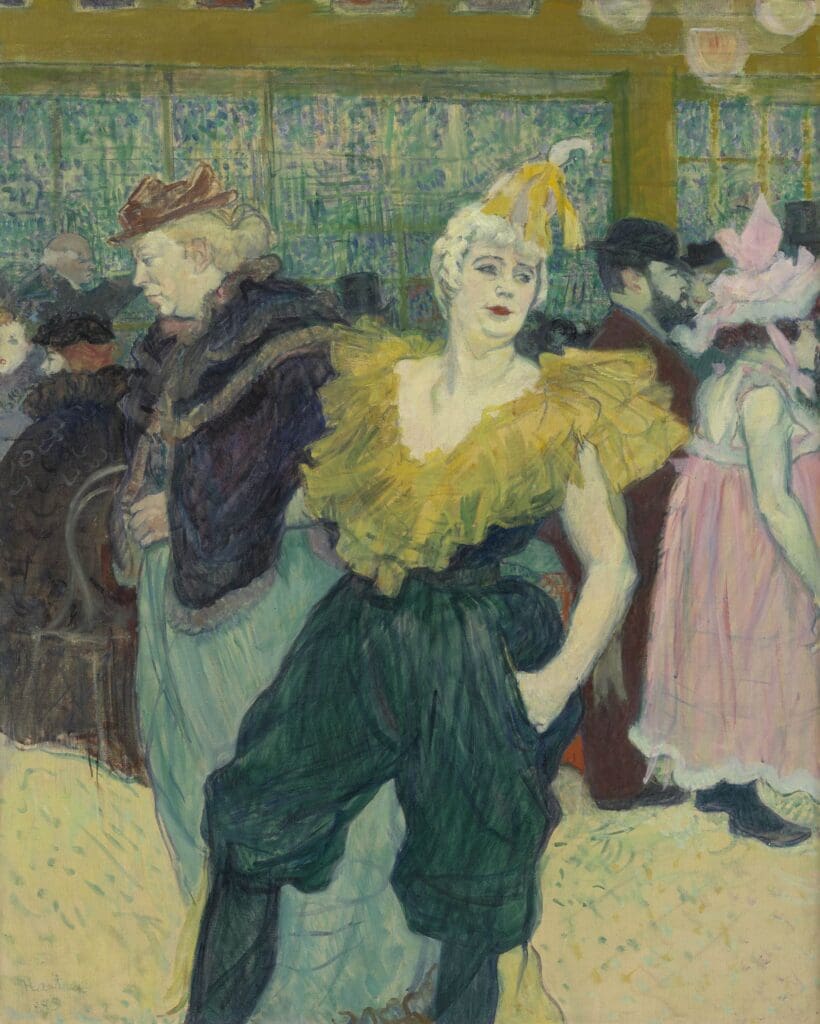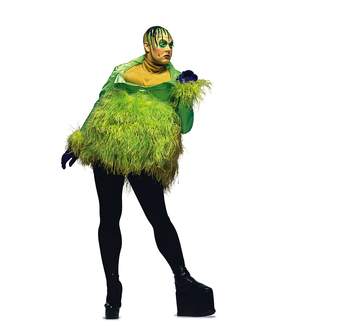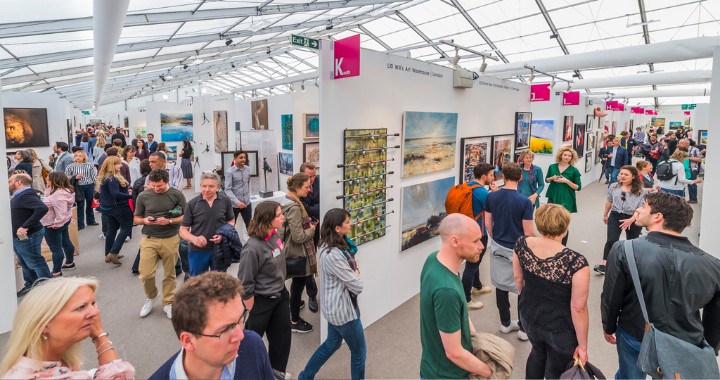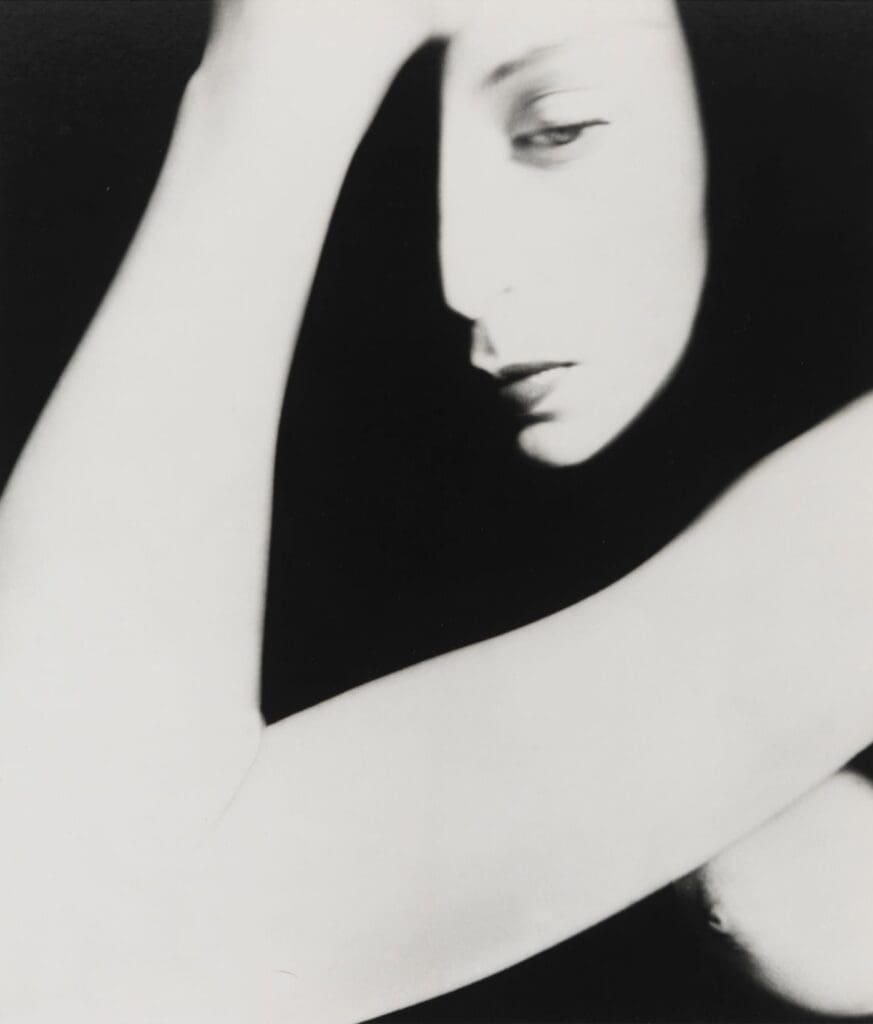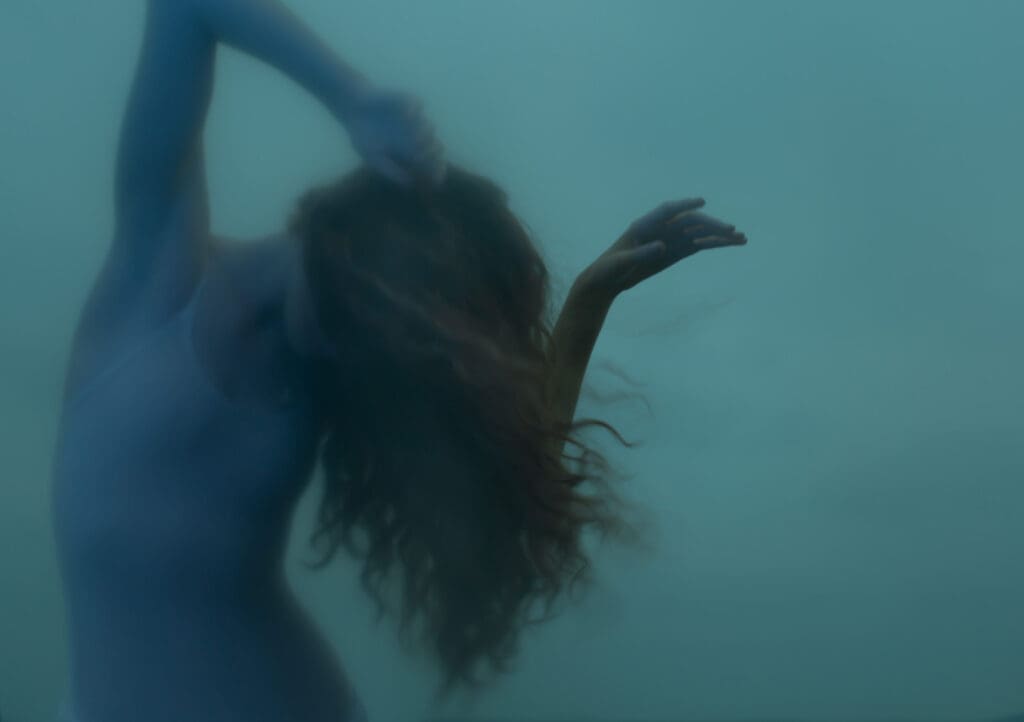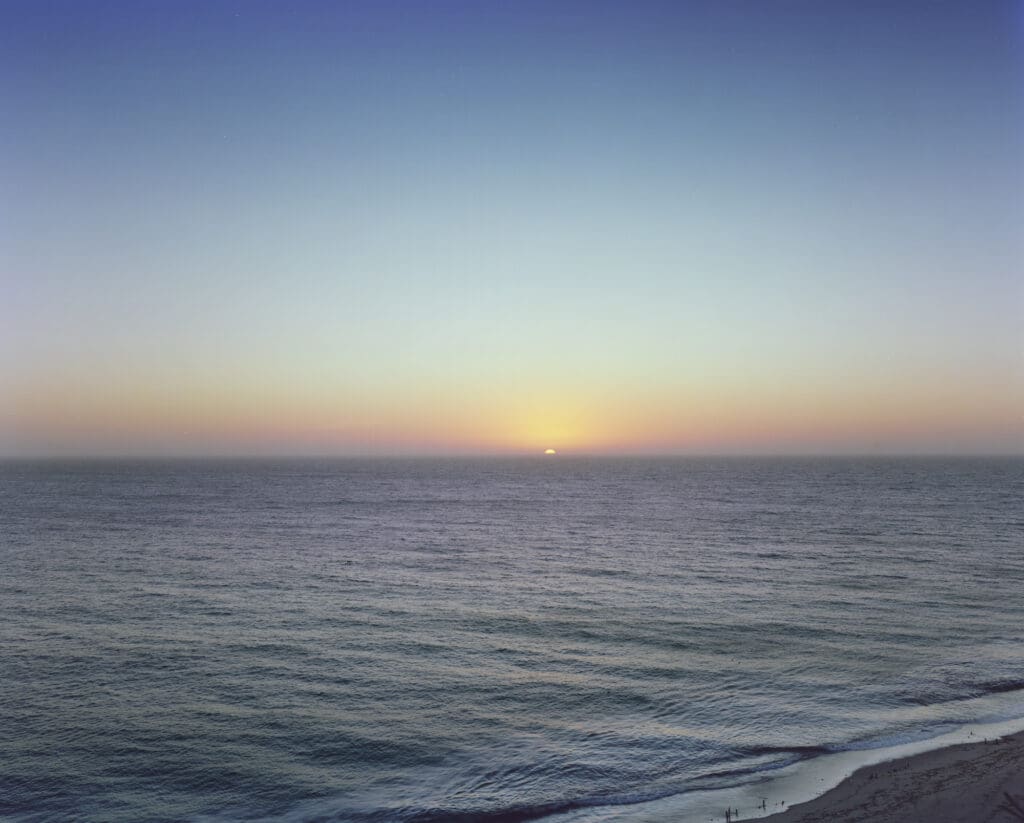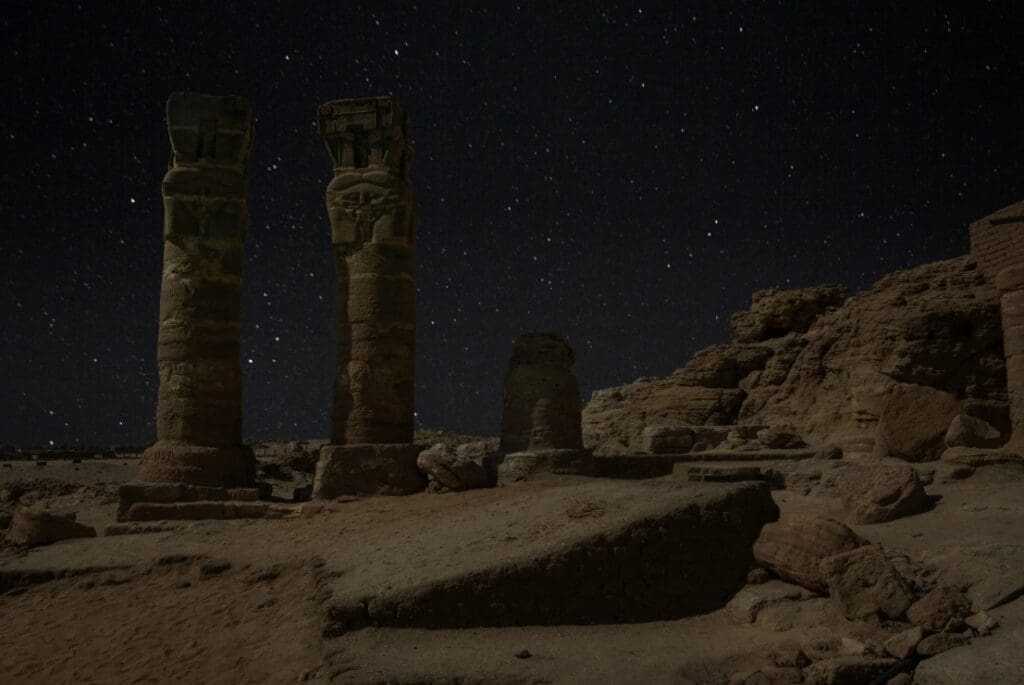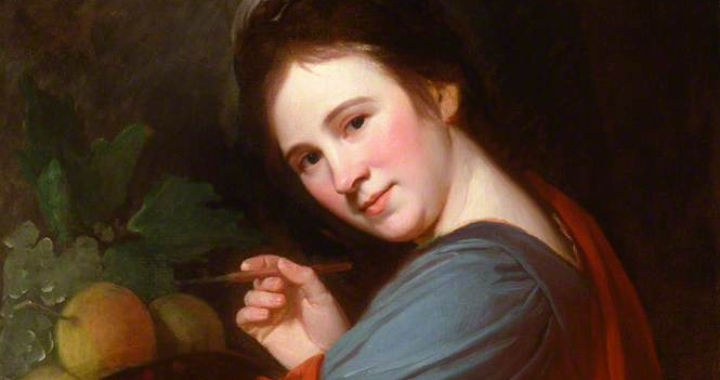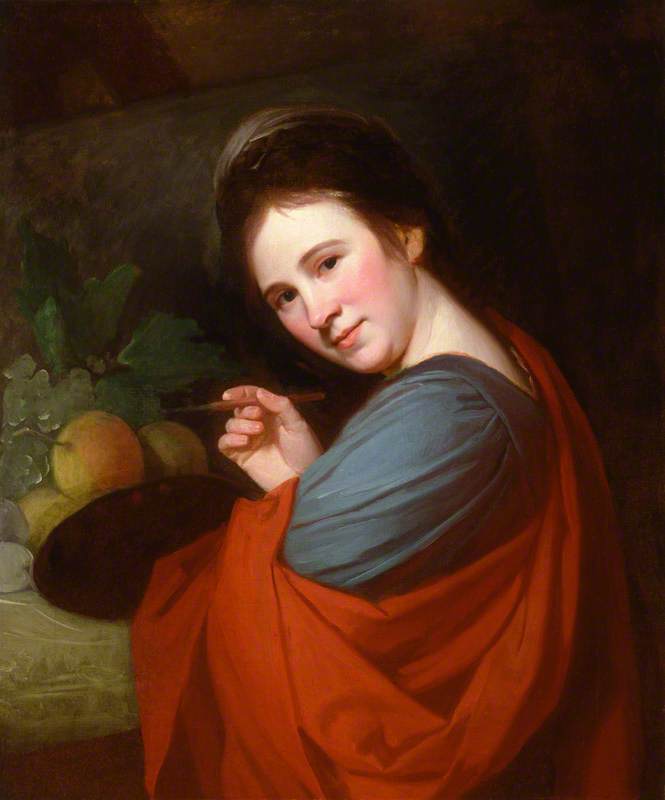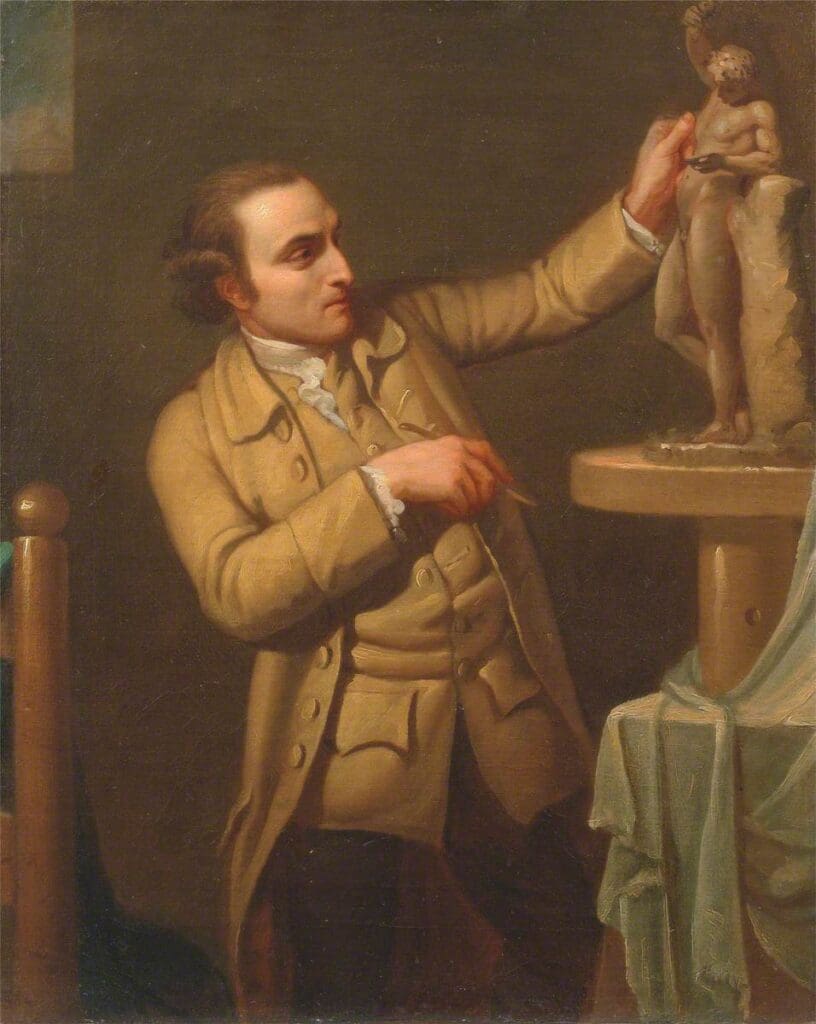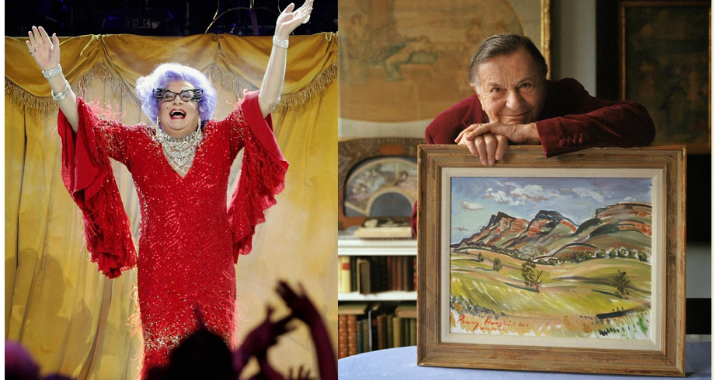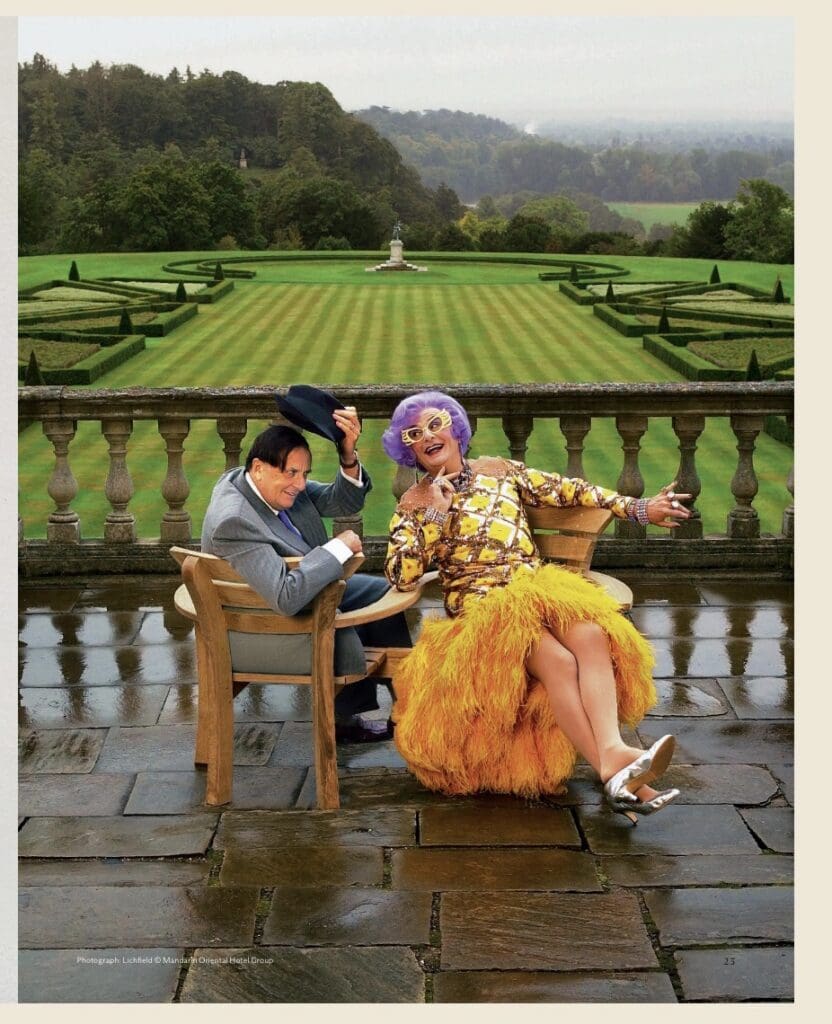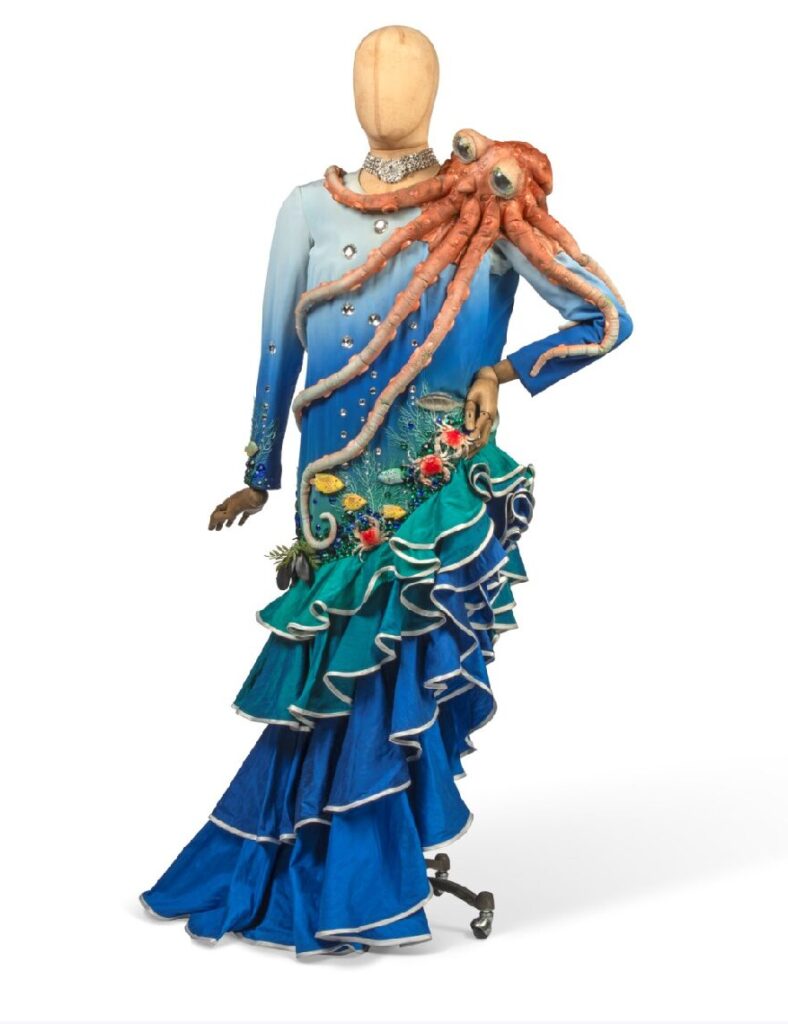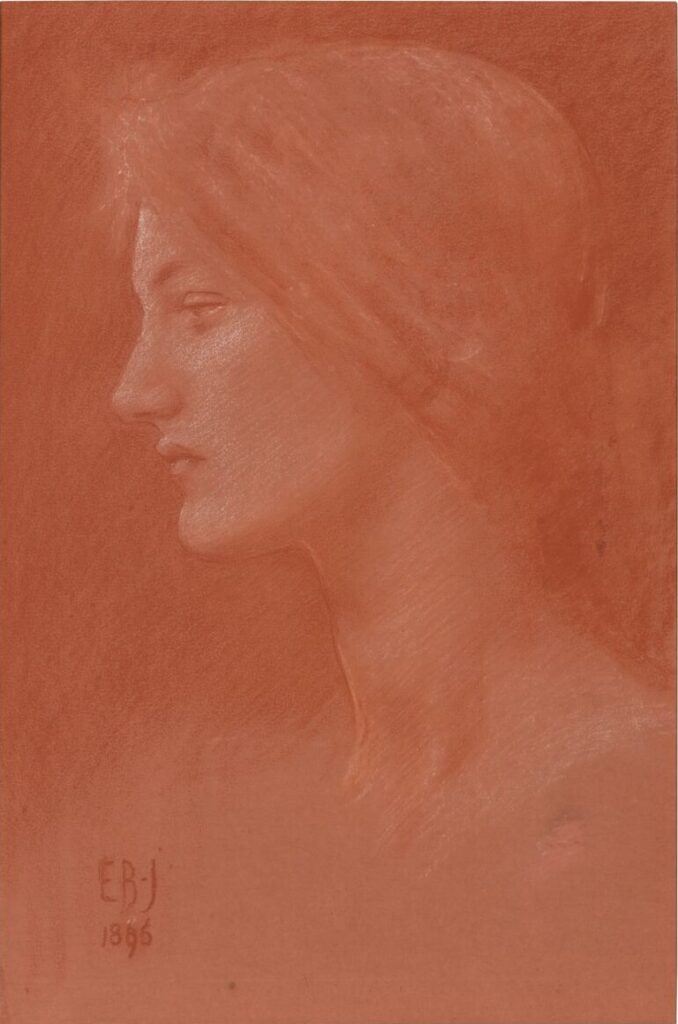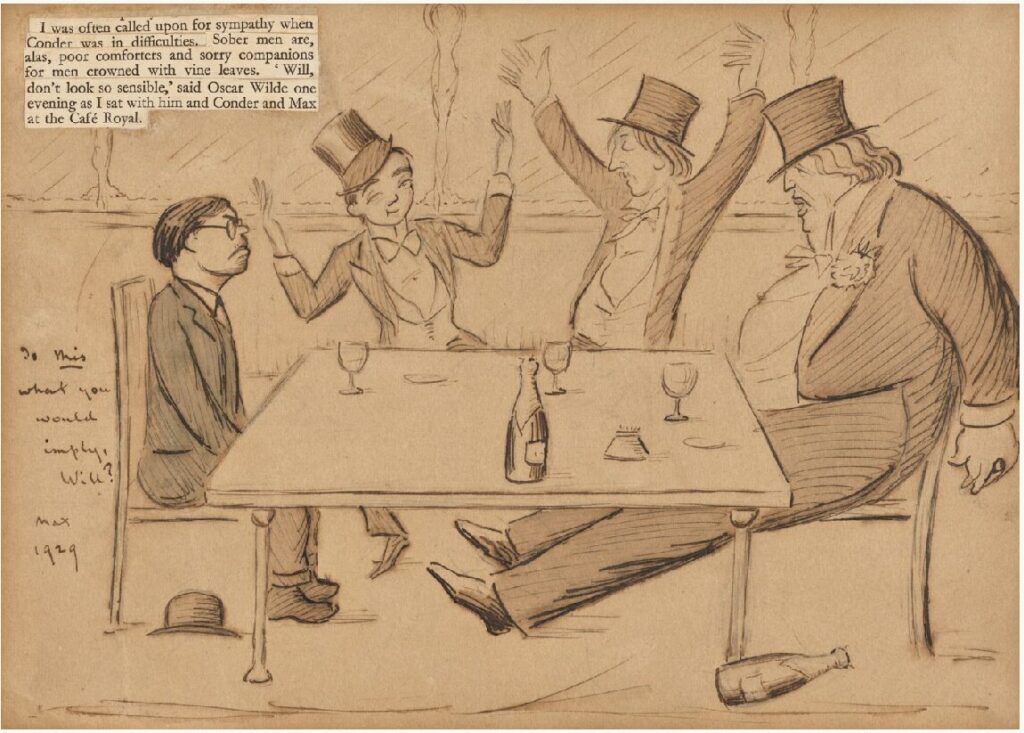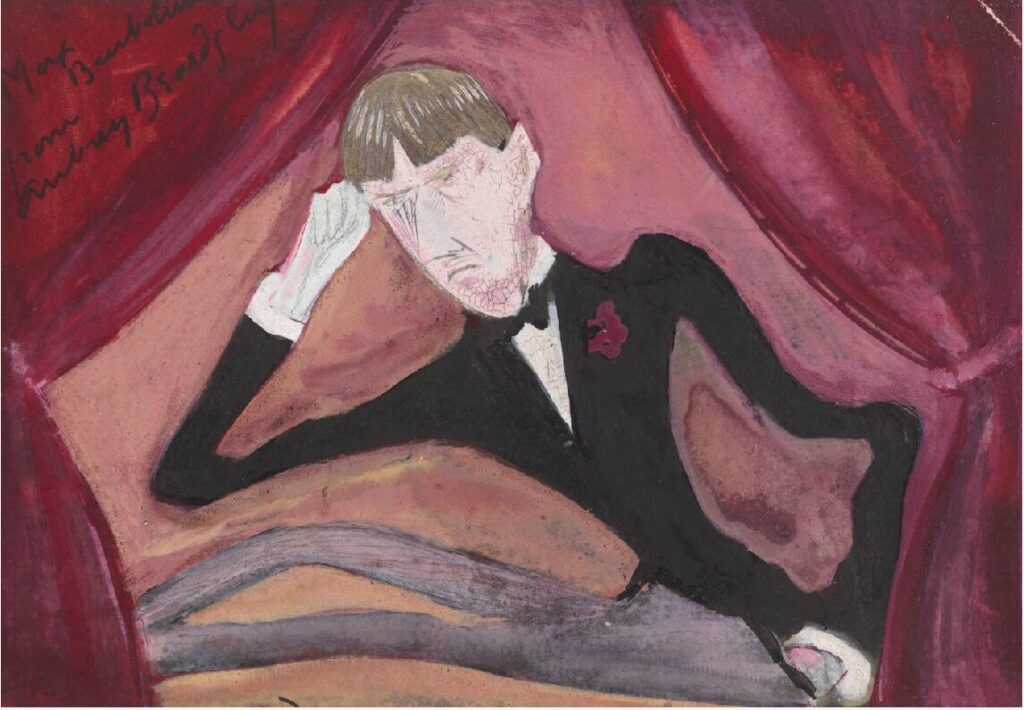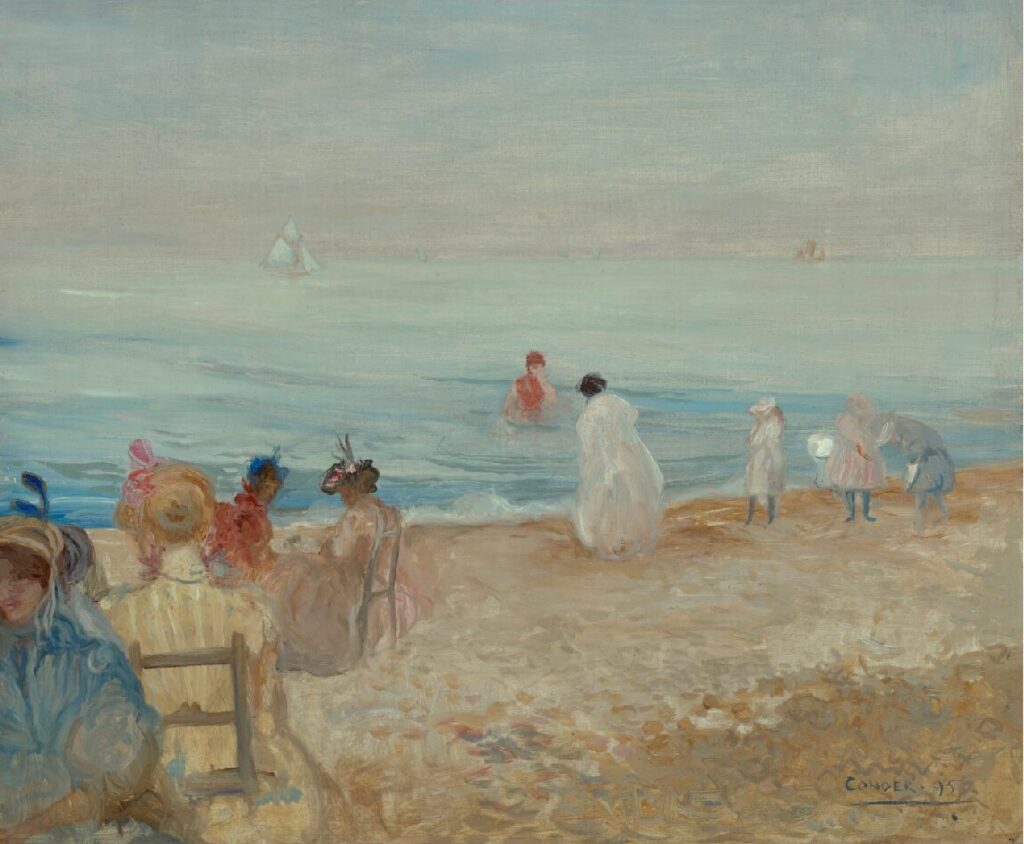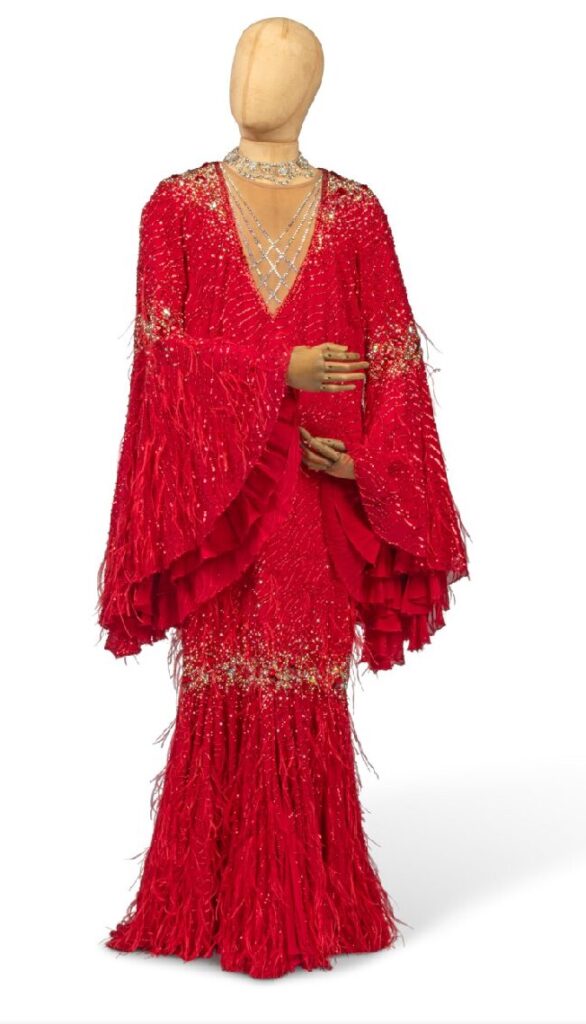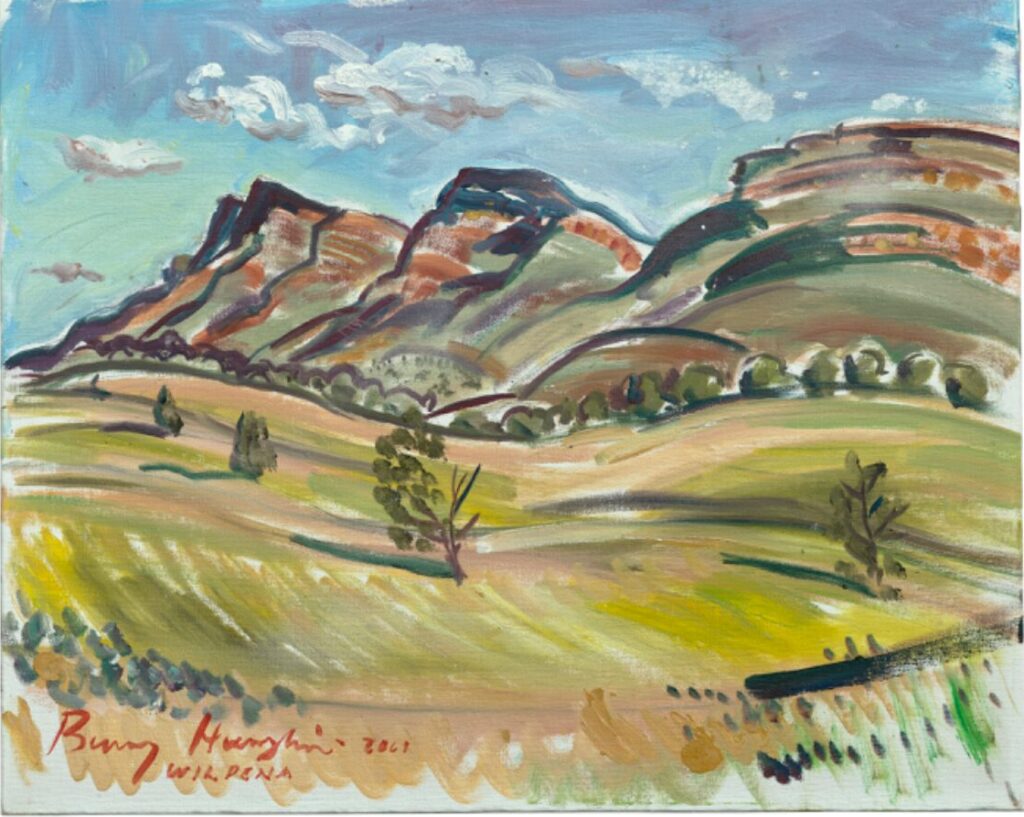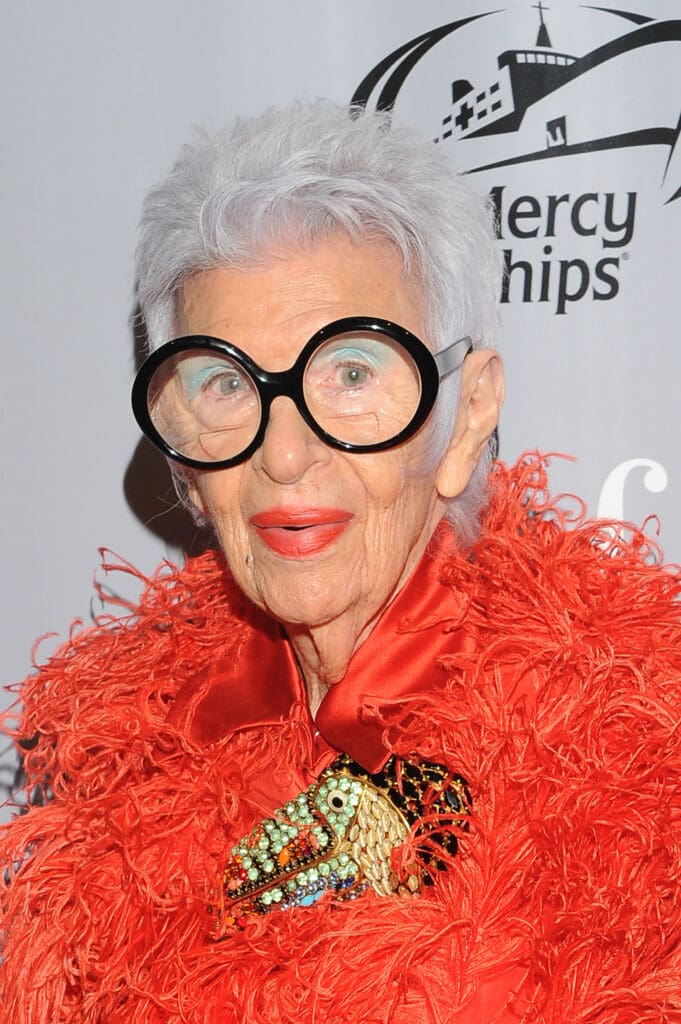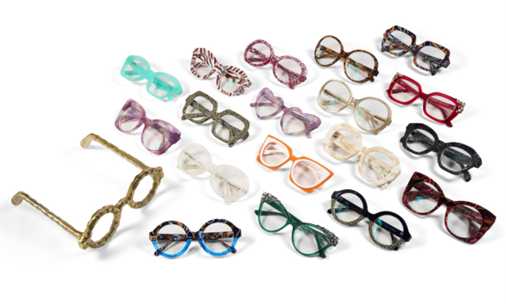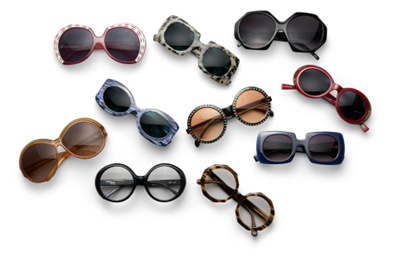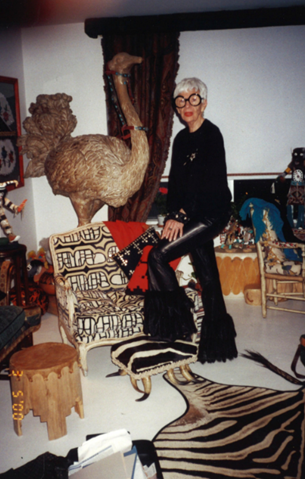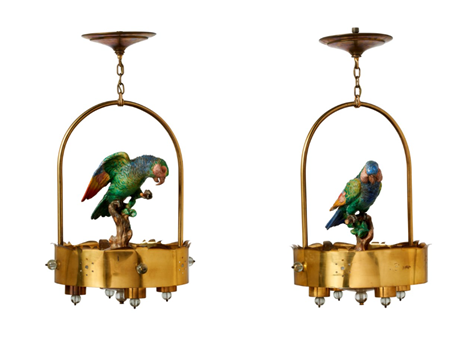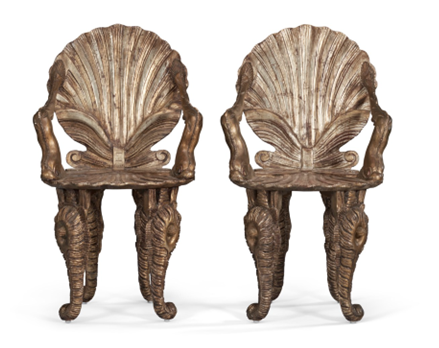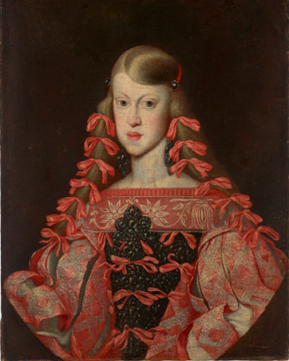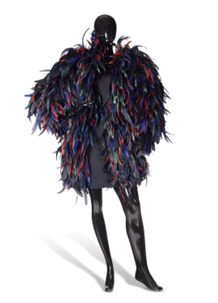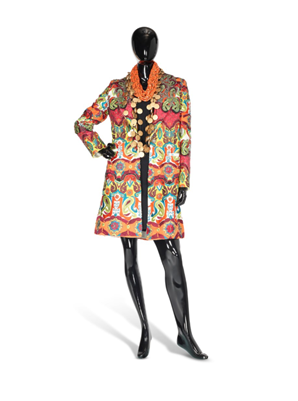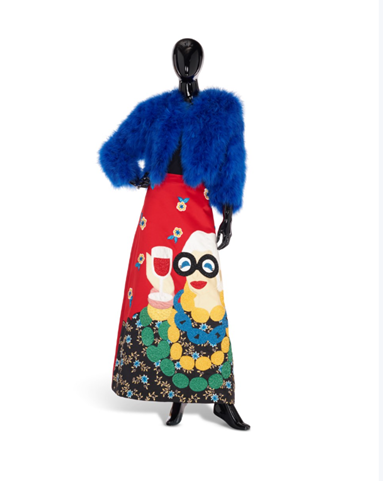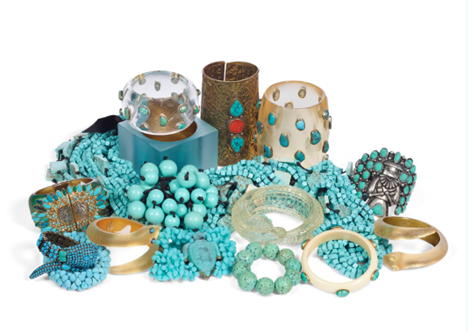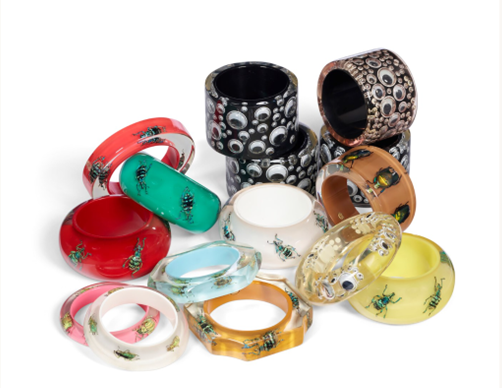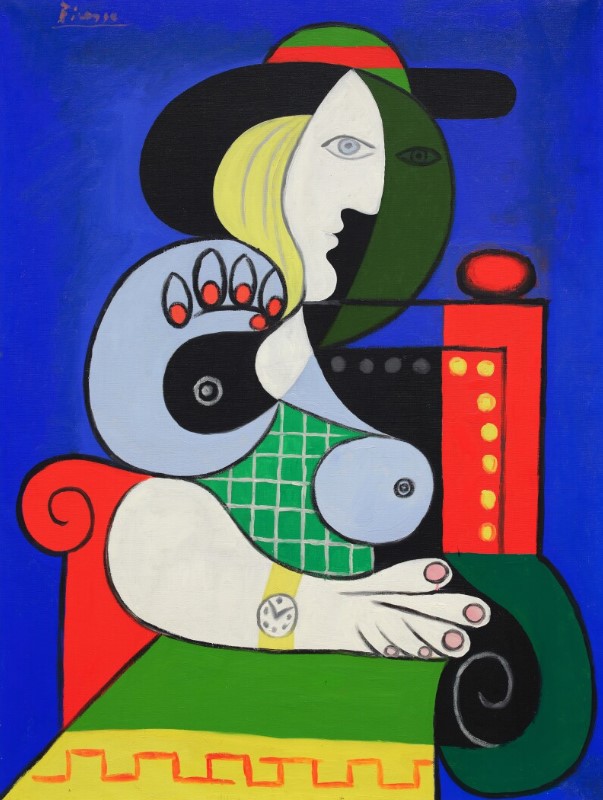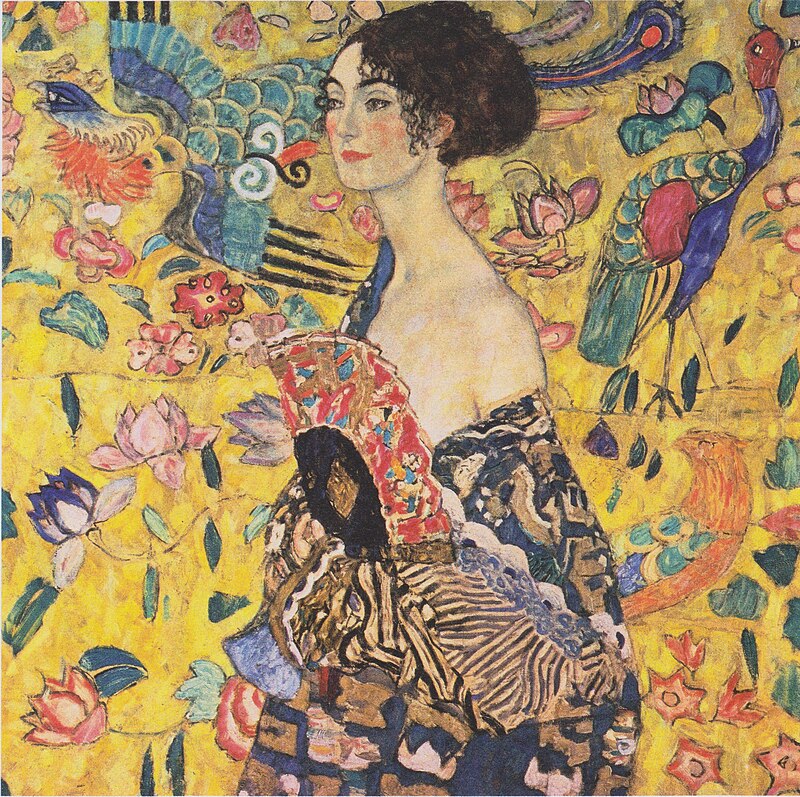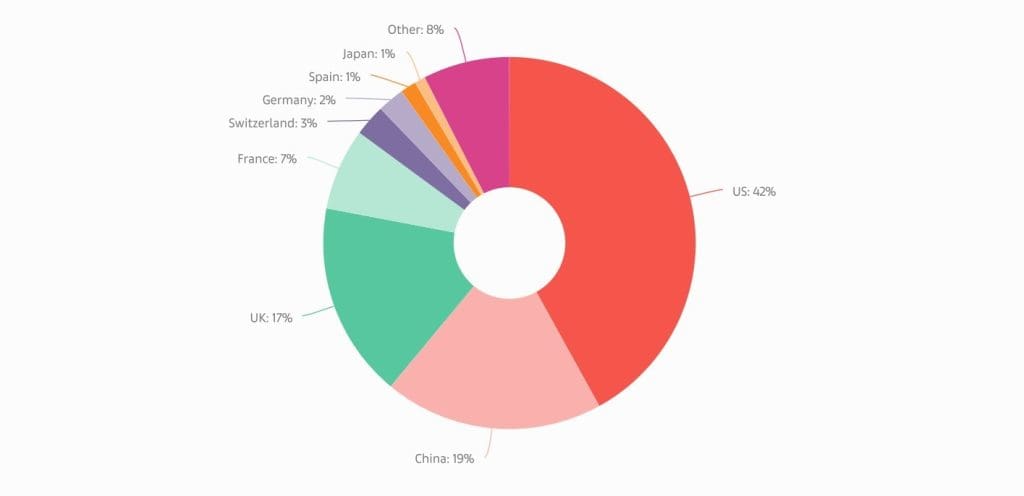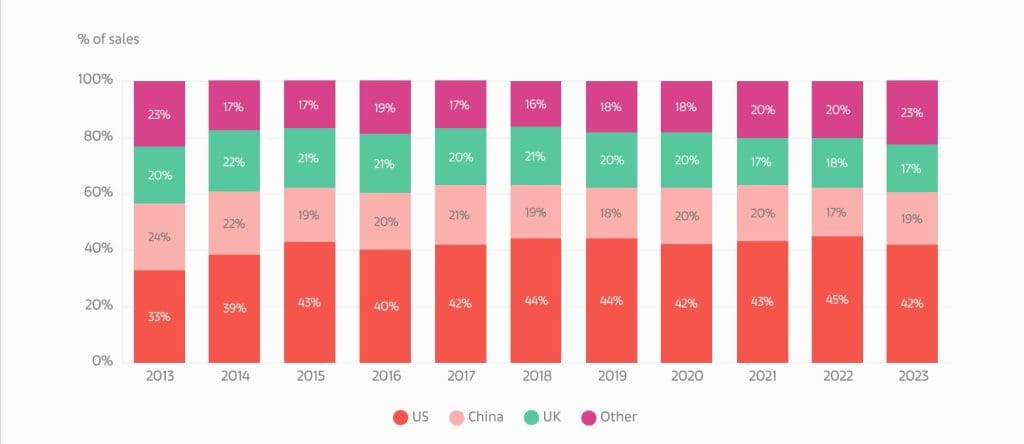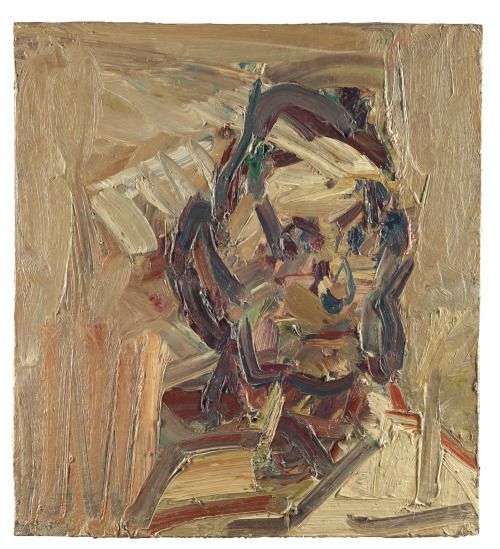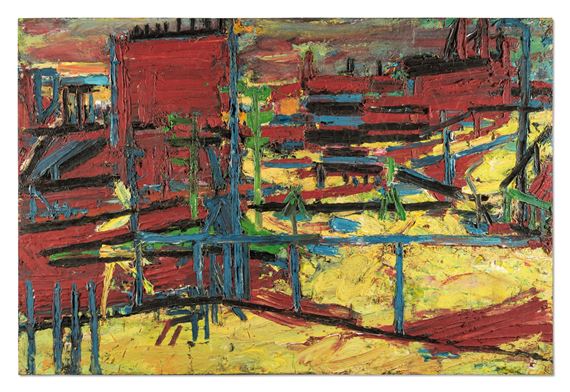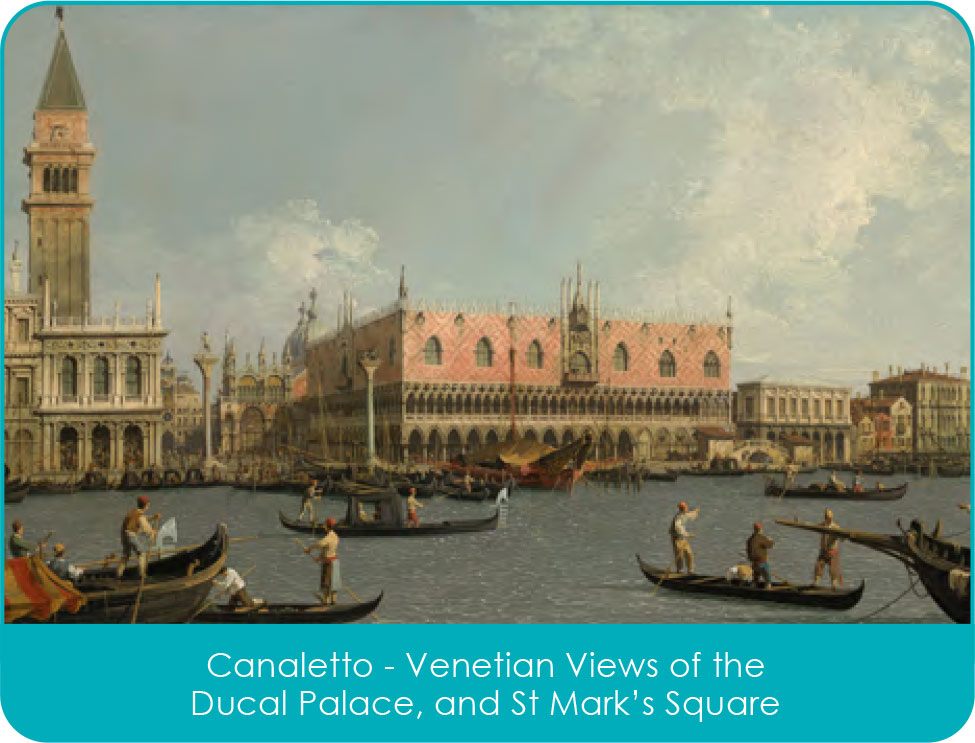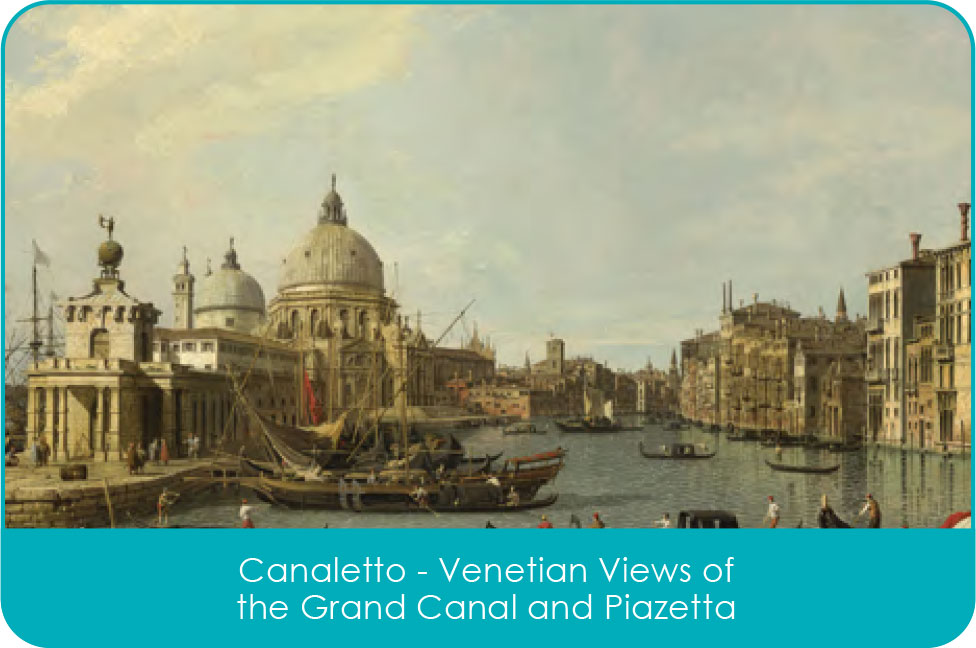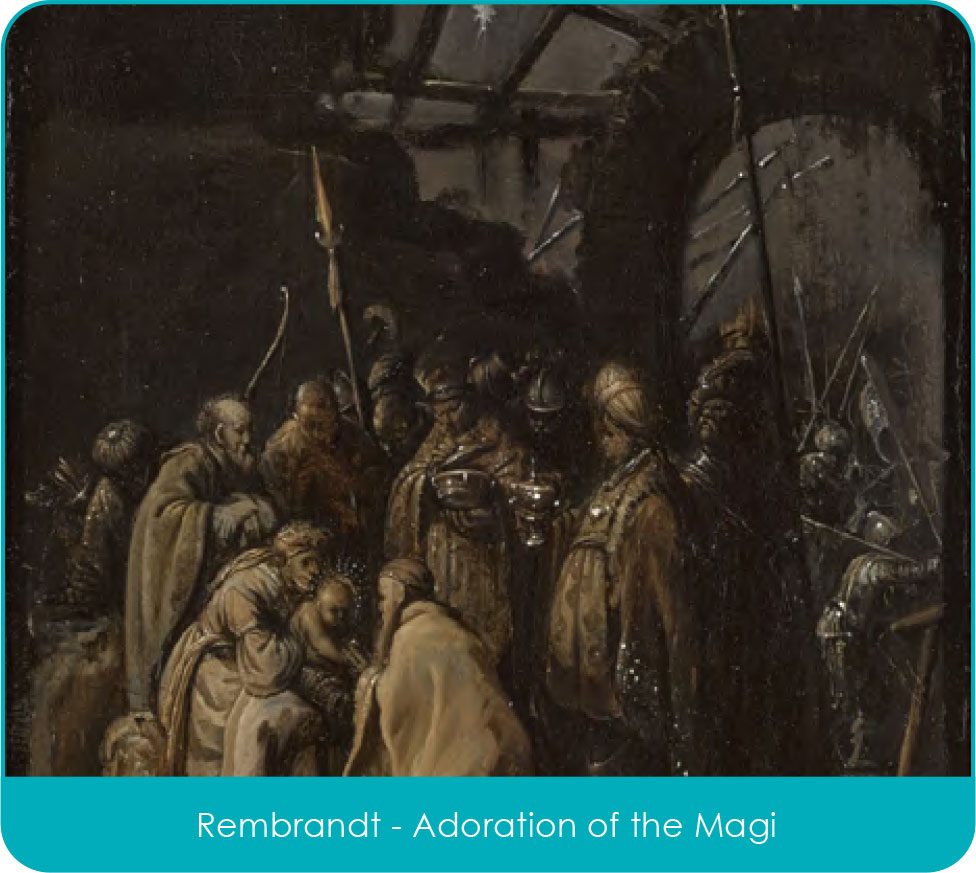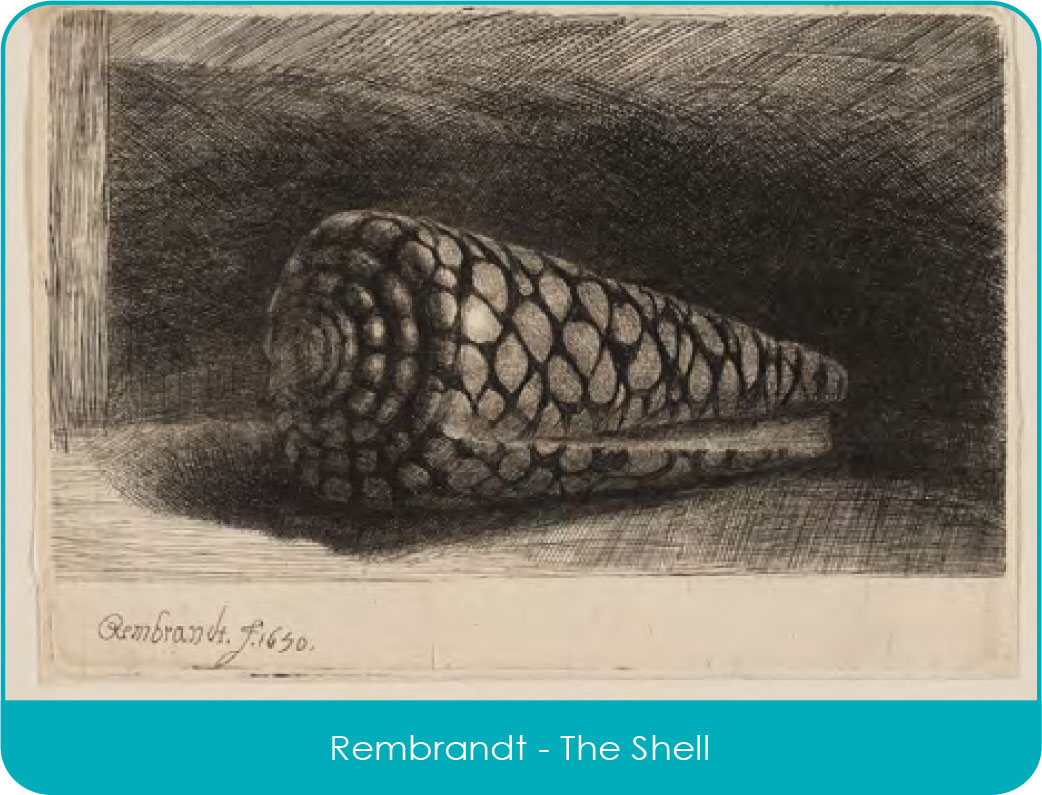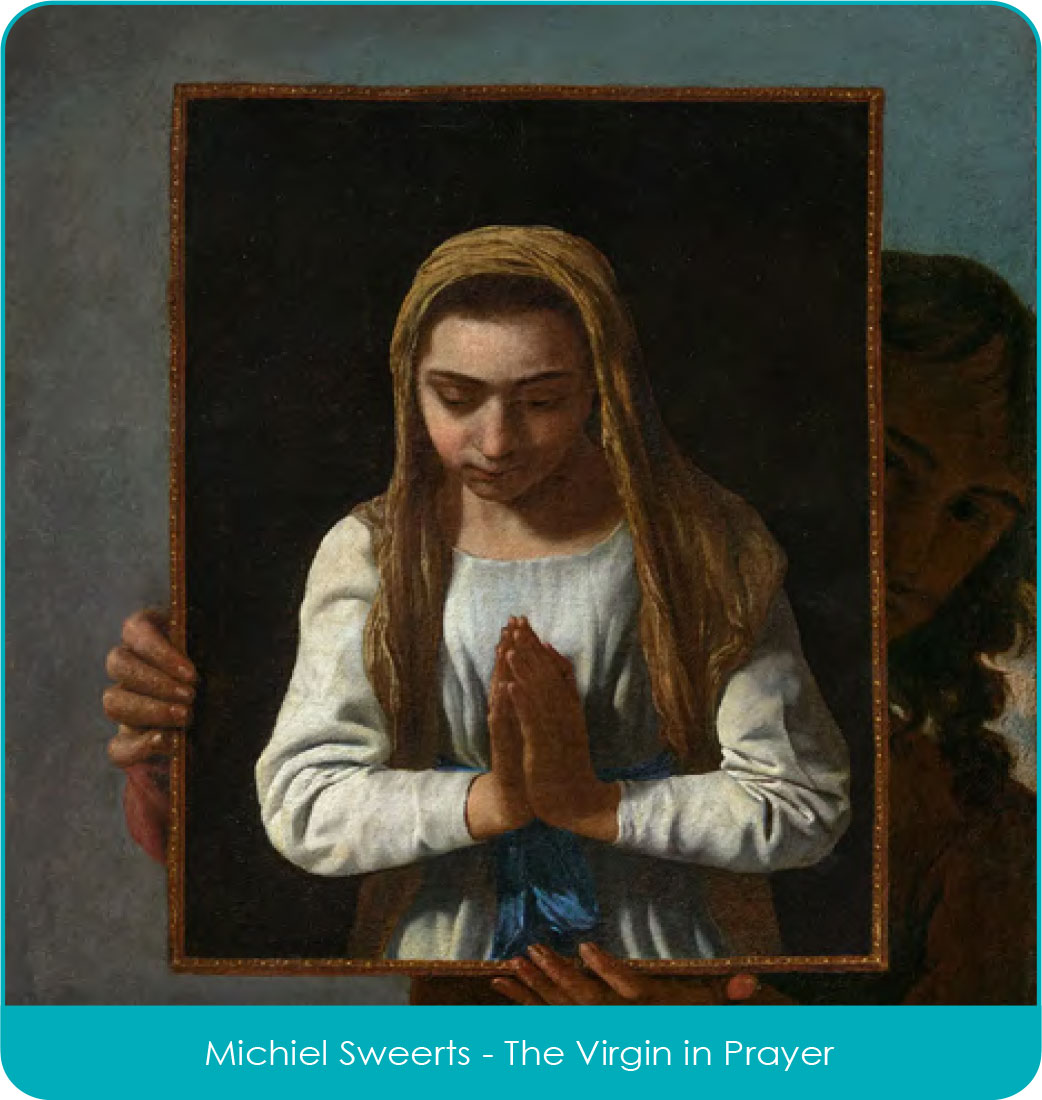I have a long list of personal artistic heroes from all eras, each is talented in their own ways however rare among my list of heroes are groups of artists. One notable and exceptional group of my ‘hero’ artists are the Scottish Colourists, all hugely talented individuals in their own right whose love of colour, light, form and the open air sing out from all of their pictures.
The Scottish Colourists were a group of four artists—Samuel John Peploe, Francis Cadell, George Leslie Hunter, and John Duncan Fergusson—who all worked primarily in the early 20th century and are celebrated for bringing bold, modern European artistic influences into Scottish art. Though they were not a formal movement during their lifetimes, their work is now collectively recognised as a group of four and their work is admired by private collectors across the world for its vibrant palette, modernist approach, and synthesis of Scottish subject matter with the avant-garde styles of France.
The four drew heavily on French Impressionism, Fauvism, and Post-Impressionism art, particularly from the work of Manet, Cézanne and Matisse, the Colourists emphasised light, colour, and compositional clarity. Each artist had strong personal ties to France, where they absorbed the stylistic innovations of the Parisian art world, returning to Scotland with a fresh and radical aesthetic.
Francis Cadell – Artist Profile
- Full Name: Francis Campbell Boileau Cadell
- Birth: April 12, 1883, Edinburgh, Scotland
- Death: December 6, 1937, Edinburgh, Scotland
Early Life & Family
Francis Cadell was born into a well-to-do, cultured Edinburgh family. His father, Dr. Francis Cadell, was a distinguished surgeon and Fellow of the Royal College of Surgeons of Edinburgh. His mother, Mary Hamilton Boileau, came from a family with military and aristocratic ties. Cadell was raised in a supportive environment that encouraged his artistic pursuits from an early age.
At just 16 years old, he moved to Paris to study at the prestigious Académie Julian, an experience that would shape his early style and expose him to the modernist developments then unfolding in France.
Education & Career
After Paris, Cadell continued his studies in Munich before settling back in Scotland. His career truly flourished in the years following World War I, during which he served in the army. His style matured into a distinctive blend of elegant modernism, defined by clean lines, vibrant but controlled colour, and a refined sense of composition.
Cadell was particularly associated with the New Town of Edinburgh and the Hebridean island of Iona, both of which featured prominently in his work. His paintings ranged from chic interiors and society portraits to luminous seascapes and landscapes.
Style & Legacy
Cadell’s work is known for its:
- Bold yet harmonious colour palette
- Strong decorative sense
- Elegantly stylized compositions
He was deeply influenced by the French avant-garde, particularly Manet and Matisse, however he maintained a distinctly Scottish sensibility in his choice of subject matter.
Although he faced financial difficulties later in life and died in relative obscurity, Cadell’s reputation has since grown. Today, he is celebrated as one of the key figures in Scottish modern art and an integral member of the Scottish Colourists.
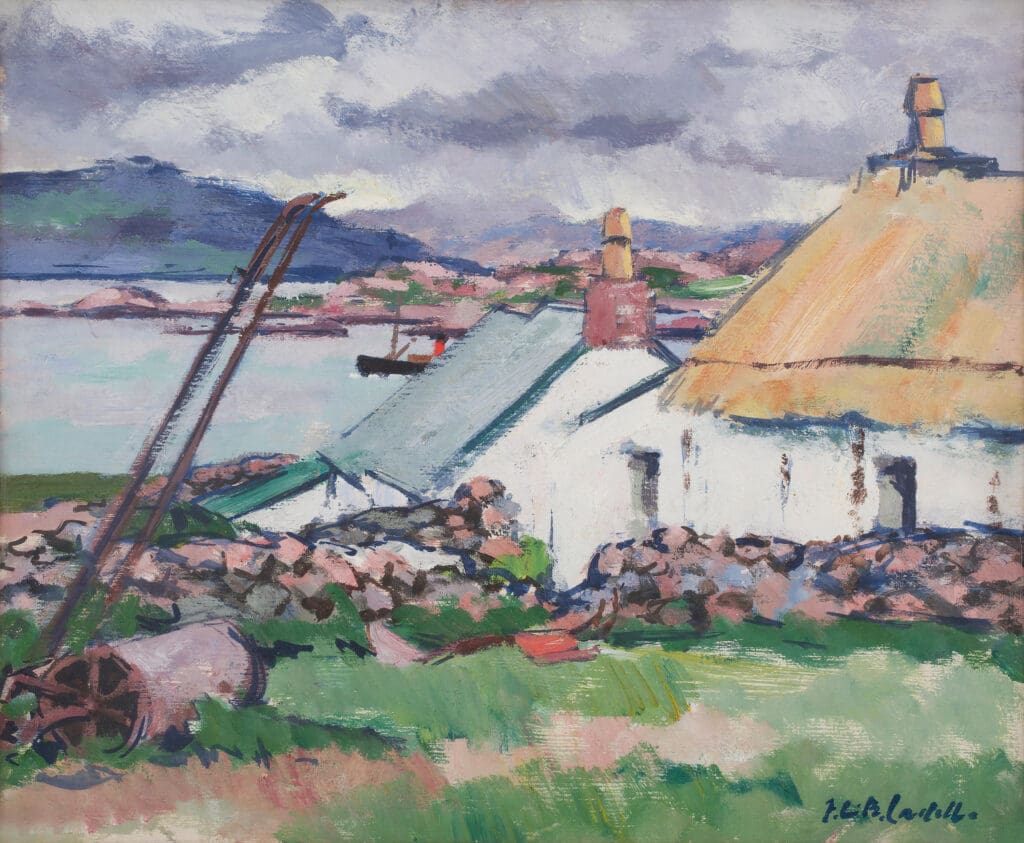
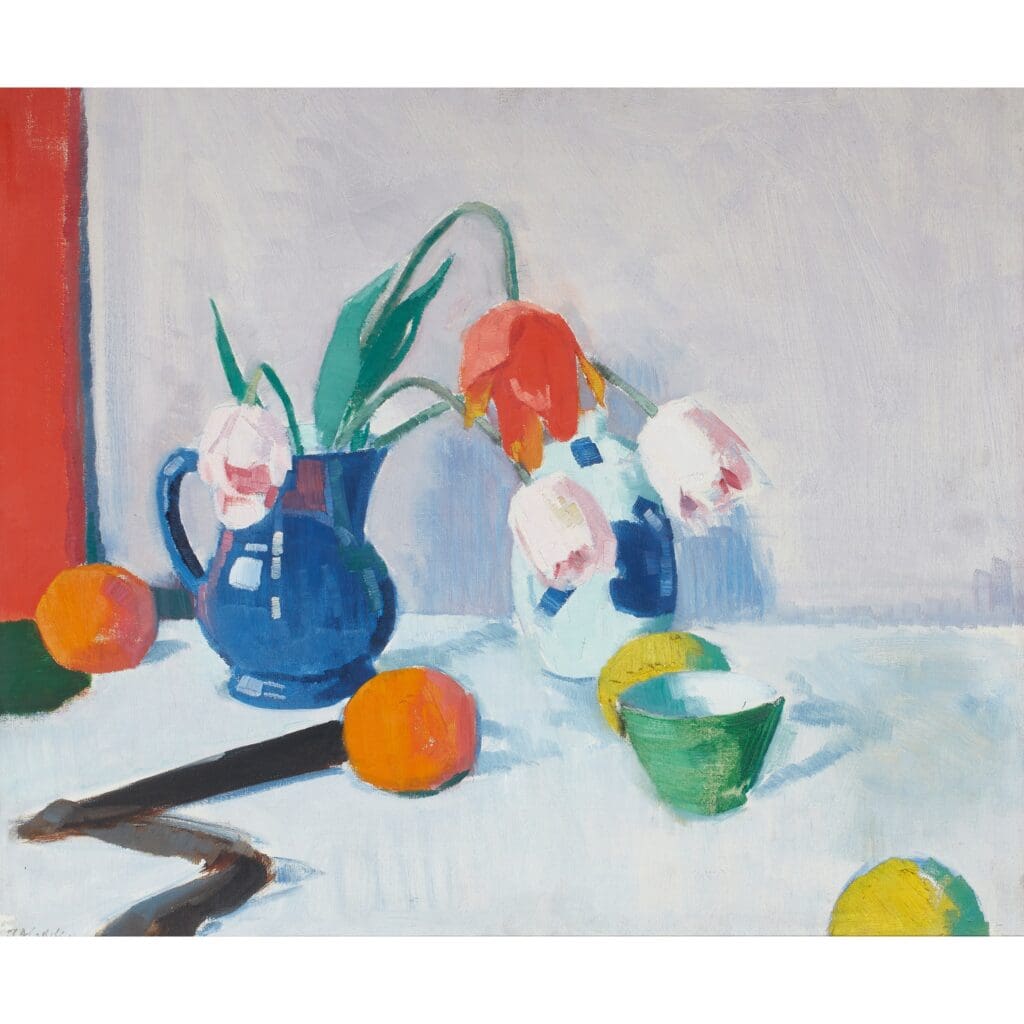
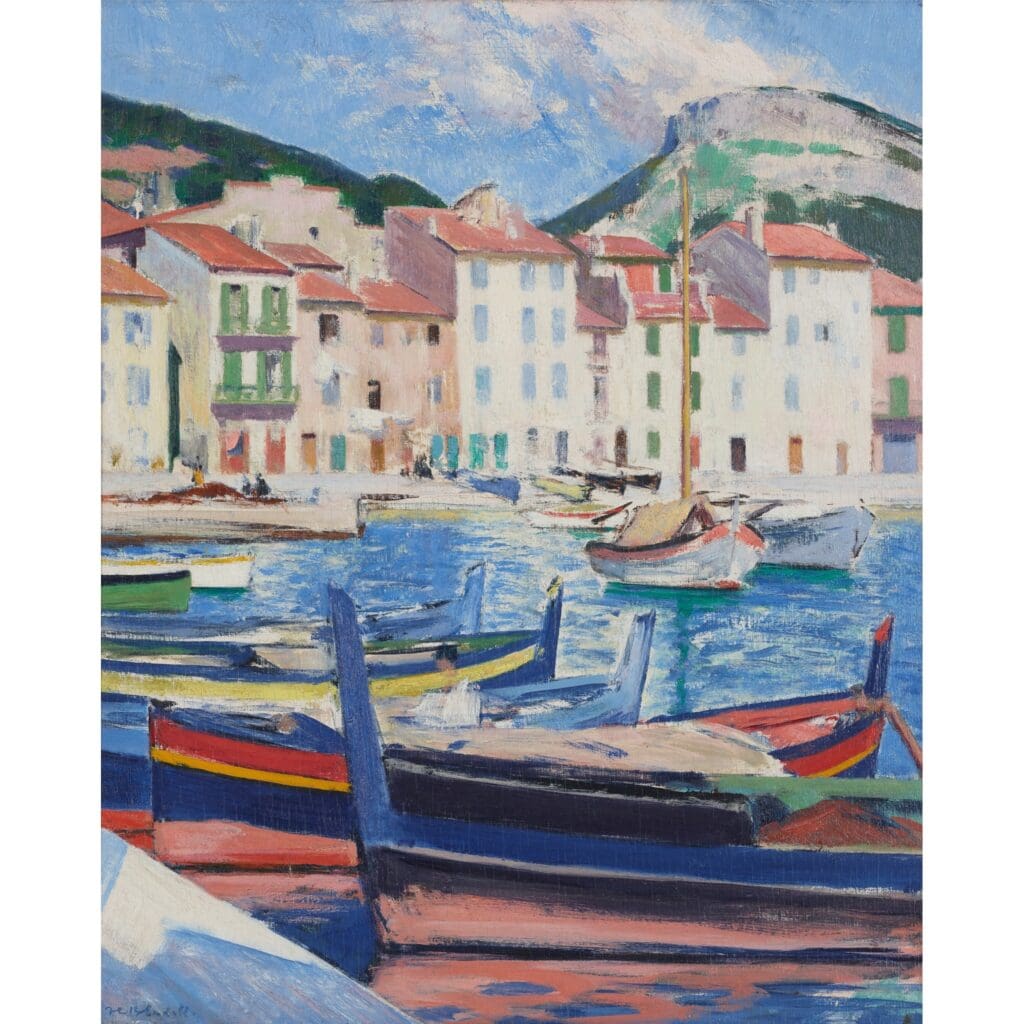
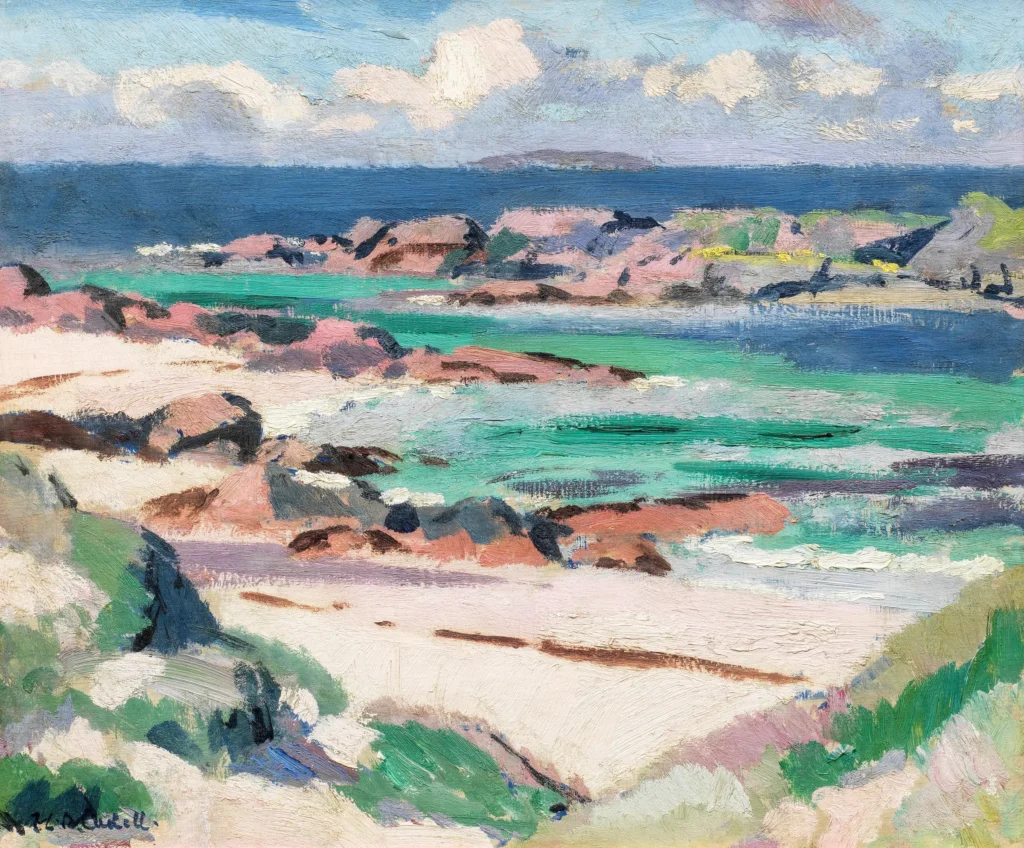
Samuel Peploe - Artist Profile
- Full Name: Samuel John Peploe
- Birth: January 27, 1871, Edinburgh, Scotland
- Death: October 11, 1935, Edinburgh, Scotland
Early Life & Education
Samuel Peploe was born into a wealthy Edinburgh family. His father, Robert L. Peploe, was a successful banker, and the young Samuel was initially expected to carve out a professional career in law or banking. However, his artistic talent and passion for painting quickly became evident. After briefly studying law, Peploe chose instead to pursue art, enrolling first at the Trustees’ Academy in Edinburgh, and then continuing his training in Paris at the Académie Julian and later at the Académie Colarossi , also in Paris and run by the artist’s model and sculptor Filippo Colarossi.
While in Paris, Peploe was exposed to the then revolutionary work of the Impressionists and Post-Impressionists, particularly Édouard Manet, whose influence would echo throughout Peploe’s mature work.
Career Development
Peploe initially painted landscapes, portraits, and interiors, but found his distinctive voice in still-life painting. His early palette was quite restrained, characterised by tonal subtlety and a sense of quiet harmony.
By the 1910s and 1920s, Peploe had begun experimenting with bolder colour and tighter compositions, reflecting his deepening interest in Cézanne and Fauvism. His move toward high-keyed colour, simplified forms, and carefully balanced arrangements made his work instantly recognisable and marked a radical departure from the much more conservative narrative traditions of Scottish painting.
Peploe painted in France, particularly in Paris and on the coast of Brittany, he also worked extensively in Scotland, especially in the Hebrides, where he often painted alongside Francis Cadell.
Style and Technique
Peploe’s work is known for:
- Vibrant colour and a bold, deliberate brushstroke
- Carefully structured compositions, often with objects placed on crisp white tablecloths or against dramatic black backdrops
- A modernist sensibility rooted in observation, yet transformed by formal abstraction
He is particularly celebrated for his still lifes—featuring flowers, fruit, ceramics, and drapery—which demonstrate his acute sensitivity to form, space, and light. He was not fully appreciated during his lifetime, however Peploe’s work gained greater recognition after his death. Today, he is widely regarded as one of the most significant Scottish artists of the 20th century. His paintings are held in major collections, including the Scottish National Gallery of Modern Art, and continue to be highly sought after by collectors.
Personal Life
Peploe married Margaret MacKay in 1910. The couple had one son, Denis Peploe, who also became a painter. Despite periods of financial hardship, particularly during World War I, Peploe remained dedicated to his artistic vision until his death in 1935.
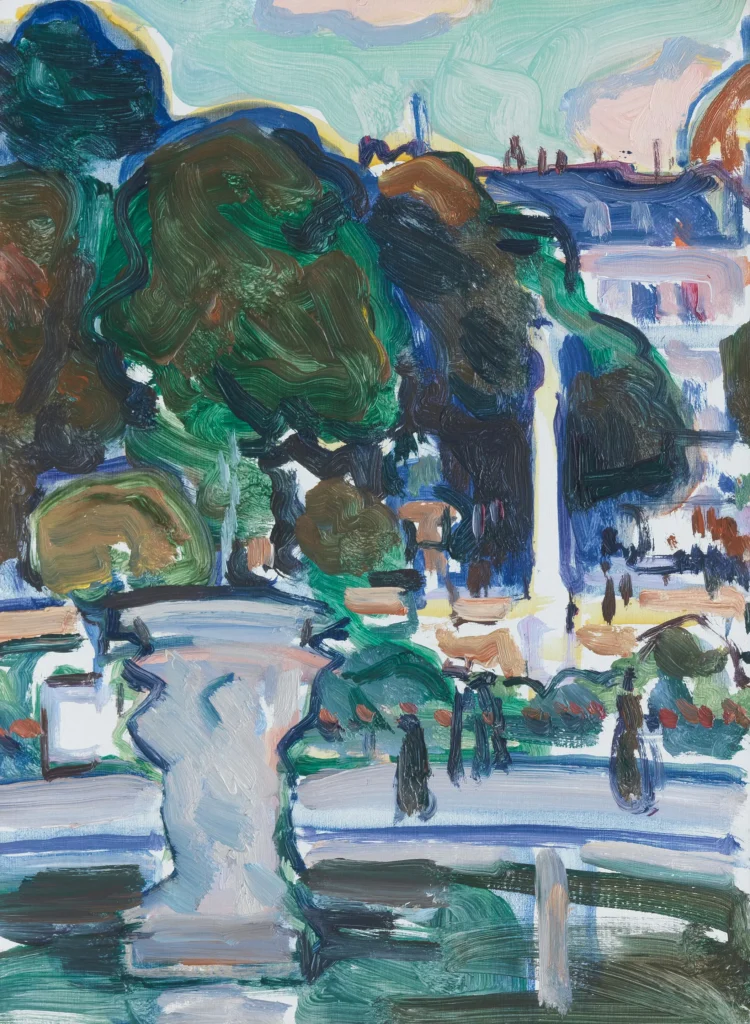
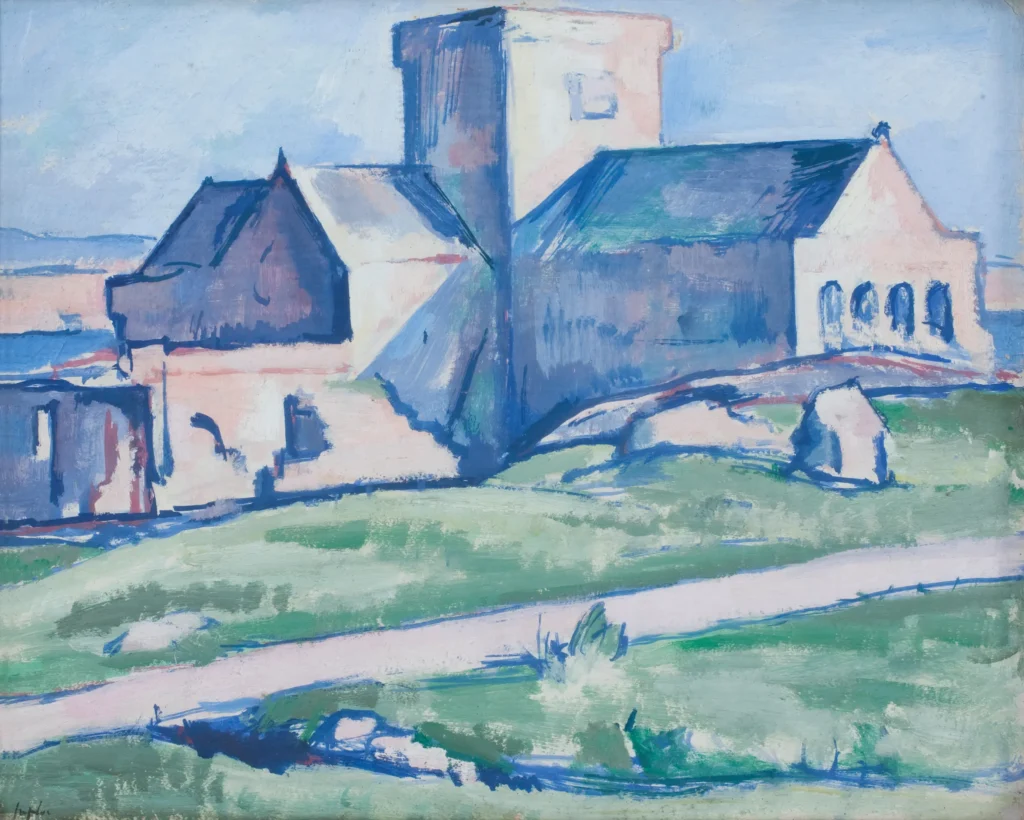
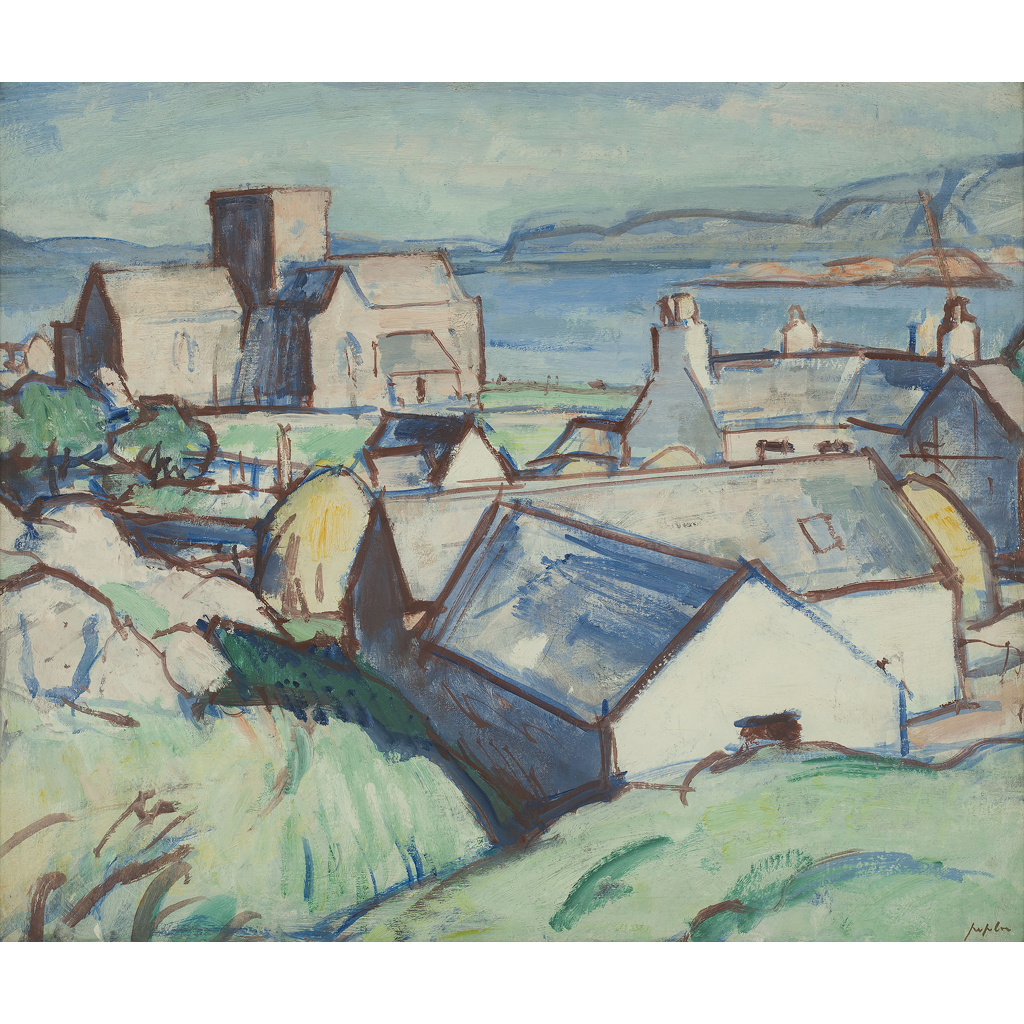
George Leslie Hunter – Artist Profile
- Full Name: George Leslie Hunter
- Birth: August 7, 1877, Rothesay, Isle of Bute, Scotland
- Death: December 7, 1931, Glasgow, Scotland
Early Life & Background
George Leslie Hunter was born into a large family in Rothesay on the Isle of Bute, but at the age of 15, he emigrated with his family to California, settling near San Francisco. Unlike the other Scottish Colourists, Hunter was largely self-taught, and his route to painting was highly unconventional.
In his early years, Hunter worked as a graphic illustrator and cartoonist, producing drawings for magazines and newspapers. He also studied briefly at the California School of Design, but his development was largely informal. After the 1906 San Francisco earthquake, which destroyed much of his early work, he returned to Scotland, determined to devote himself fully to painting.
Career Development
Hunter’s career was a story of struggle, persistence, and transformation. He began exhibiting in Glasgow and quickly became known for his expressive landscapes and still lifes. In 1908, a trip to Paris introduced him to French modernism, especially the work of the Impressionists and Post-Impressionists, and began a shift in his style toward more vivid colour and looser brushwork.
A pivotal moment came in 1922 when Alexander Reid, a prominent Glasgow art dealer, organized a joint exhibition of Hunter’s work alongside that of Peploe, Fergusson, and Cadell. This show helped solidify the public’s perception of the four artists as the Scottish Colourists, though they never formally operated as a group.
Style & Technique
Hunter’s style is marked by:
- Luminous, radiant colour, often layered in broken brushstrokes or loose, spontaneous patches
- A sensitive, emotionally charged handling of paint, conveying a direct response to nature and atmosphere
- A focus on landscapes, still lifes, and harbour scenes, especially views in around Fife, Loch Lomond, Provence, and the south of France
His still lifes—particularly those with fruit, jugs, and flowers—show his remarkable ability to create harmony and vitality with colour and form. His landscapes, meanwhile, often capture a shimmering, almost dreamlike sense of place.
Despite his technical sophistication, Hunter remained plagued by self-doubt, frequently reworking or even destroying his own paintings, believing them inadequate. This insecurity, combined with physical and mental health struggles, affected both his output and recognition during his lifetime.
Personality & Later Years
Hunter was known for his eccentric and unpredictable temperament, often struggling with bouts of depression and illness. He lived a somewhat bohemian lifestyle, moving between France and Scotland, and was known for his intense periods of creativity followed by periods of complete withdrawal.
By the late 1920s, Hunter’s work had matured into a distinct and powerful style. However, his health deteriorated sharply. He died in 1931 at the age of 54, just as he was beginning to receive the recognition he had long sought.


J.D. Fergusson – Artist Profile
- Full Name: John Duncan Fergusson
- Birth: March 9, 1874, Leith, Edinburgh, Scotland
- Death: January 30, 1961, Glasgow, Scotland
Early Life & Education
J.D. Fergusson was born in Leith, the port district of Edinburgh, into a middle-class family. Originally intended for a career in medicine, he soon abandoned formal education to pursue his passion for art. He studied briefly at the Trustees’ Academy in Edinburgh but quickly rejected its academic approach. Like Hunter, Fergusson was largely self-taught, relying on travel, observation, and personal exploration to shape his style.
In the late 1890s, he began spending time in Paris, a city that would deeply influence his artistic direction. There, he immersed himself in café culture, intellectual life, and the art scene, encountering the work of Impressionists, Fauves, and Post-Impressionists firsthand.
Paris and the Avant-Garde
From 1907 to 1914, Fergusson lived in Paris, and this period proved to be a catalyst for his future development as an artist.During this time he connected with artists and writers in the heart of the European avant-garde, including Matisse, Derain, and members of the École de Paris. He exhibited at the Salon d’Automne, becoming part of the broader modernist movement.
Fergusson embraced the Fauvist love of vibrant, unmixed colour, as well as Cubist ideas about structure and form, although he remained committed to a personal and sensual response to the world, particularly the human figure.
Artistic Style and Themes
Fergusson’s work is distinguished by:
- Vivid, expressive colourful and confident brushwork
- A strong focus on the female form, often idealized and stylized, exploring themes of vitality, movement, and beauty
- Engagement with dance and performance, especially during his time in Paris
- A tendency toward rhythmic composition and sculptural solidity, blending Fauvism with classical influences
His later work shows a shift toward a more structured, monumental style, especially in his depictions of nudes and dancers, which reflect both modernist abstraction and an enduring interest in classical balance.
War and Return to Britain
With the outbreak of World War I, Fergusson returned to the UK and was devastated by the loss of many Parisian friends and the fragmentation of the vibrant prewar cultural scene. He spent time in London and Edinburgh, eventually settling in Glasgow.
During the interwar years, he became a driving force in the Scottish art world, founding the New Art Club in Glasgow and later the New Scottish Group, advocating for modernist principles in Scottish art.
Personal Life
A deeply cosmopolitan and passionate figure, Fergusson was also a writer, thinker, and art theorist. He had a lifelong partnership with Margaret Morris, a pioneering dancer and choreographer whose work strongly influenced his art. Through Morris, Fergusson developed a keen interest in movement, rhythm, and human anatomy, which became central motifs in his paintings and sculptures.
Later Years and Legacy
Fergusson lived a long and productive life, remaining active into his 80s. He died in 1961 in Glasgow, by which time his reputation had undergone a significant revival. His legacy is that of a true modernist—one who brought the spirit of European avant-garde into Scottish art and insisted on the emotional and intellectual richness of modern painting.
The Fergusson Gallery in Perth, Scotland, holds an extensive collection of his work and remains a major centre for studying his contributions to British and European art.
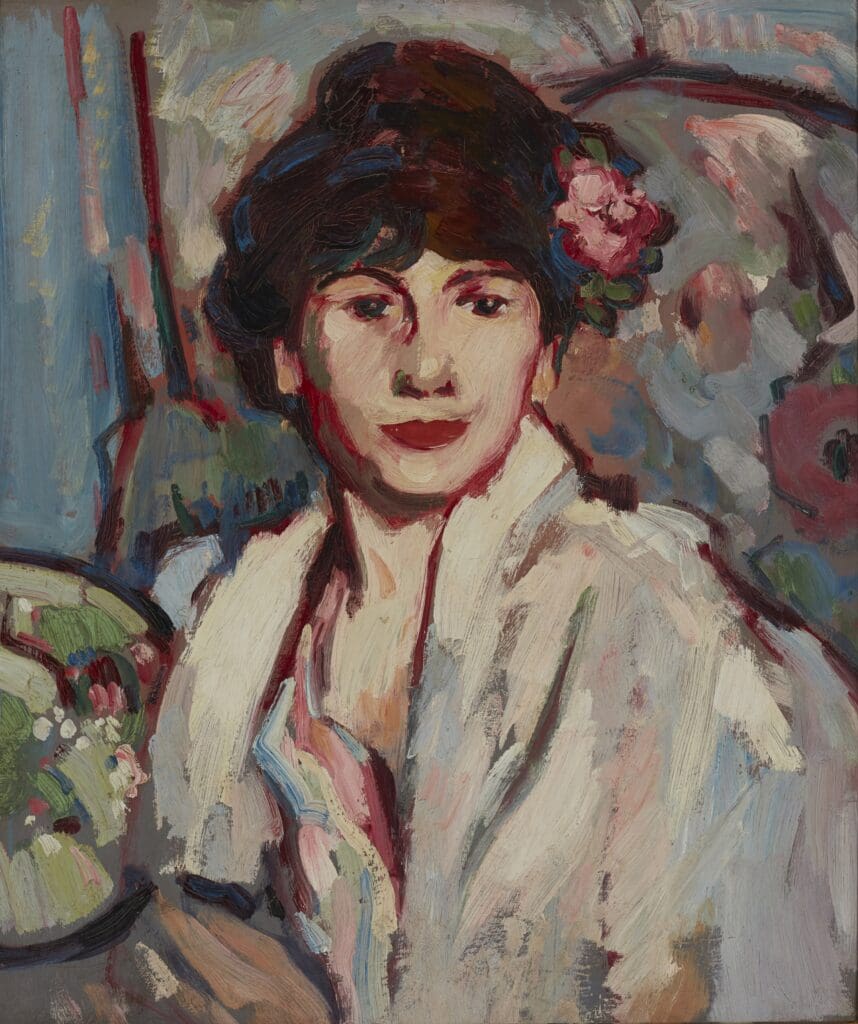
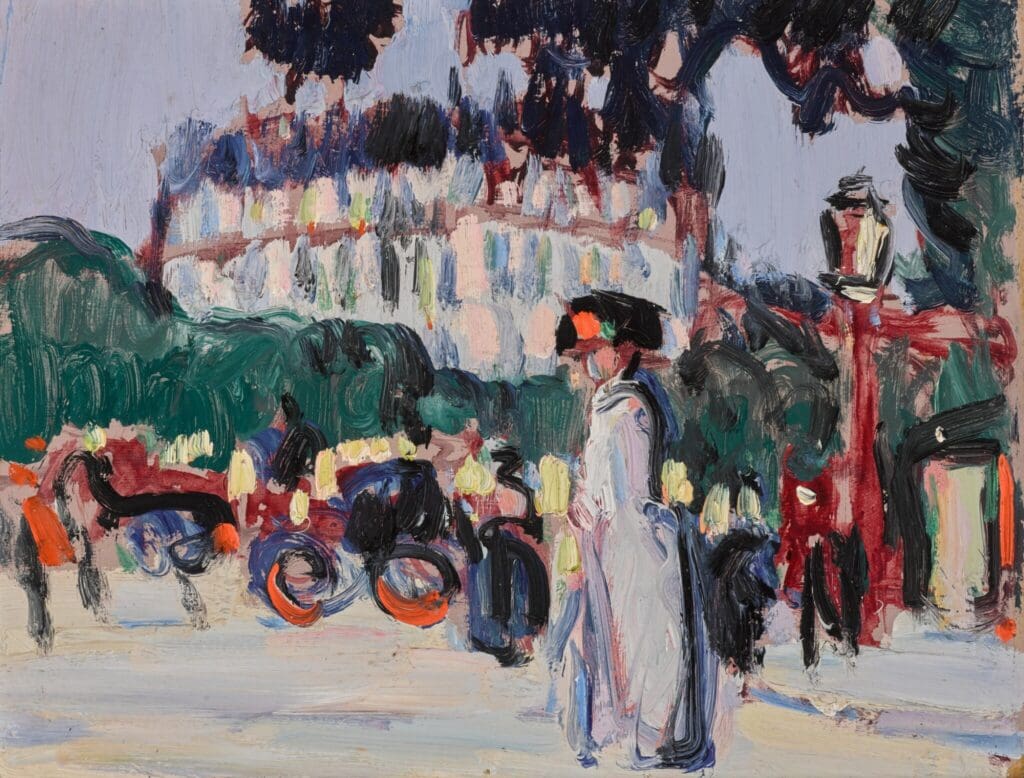
Legacy of the Colourists
While J.D. Fergusson was perhaps the most forward-looking and intellectually ambitious of the Scottish Colourists, Peploe and Cadell refined the still life and landscape, and Hunter brought lyrical spontaneity, Fergusson aimed for something larger: a synthesis of body, rhythm, and spirit in a modern idiom.
The legacy of the Scottish Colourists perhaps most significantly lies in their transformation of Scottish painting, bridging the gap between traditional academic approaches and the modernist spirit of the early 20th century. Today, they are recognised not only for their technical skill and aesthetic innovation, but also for their pivotal role in placing Scottish art on an international stage.






